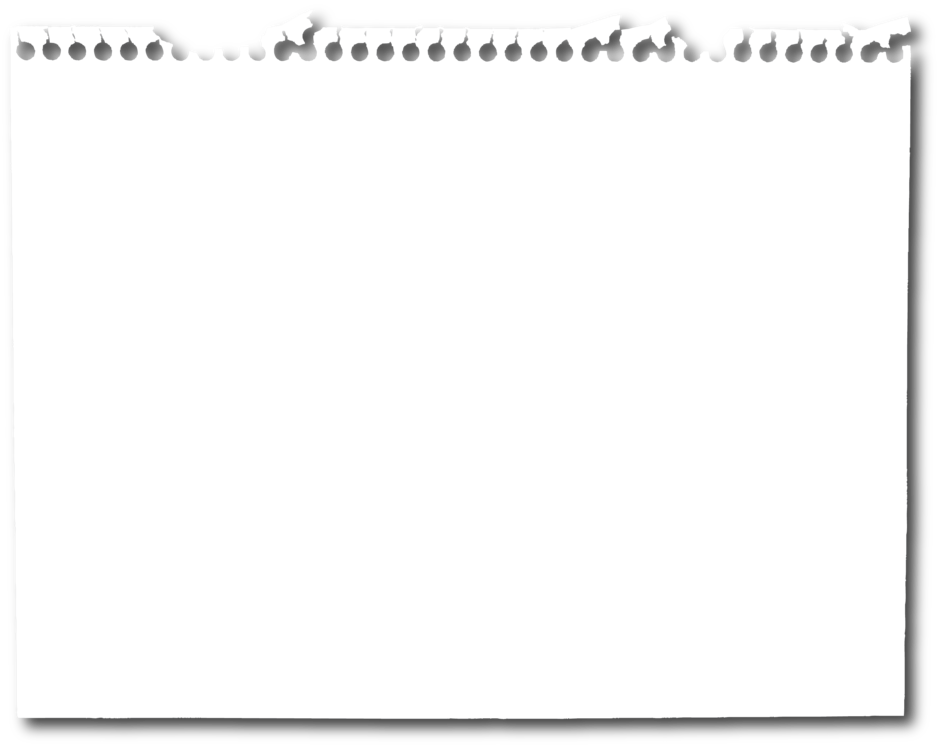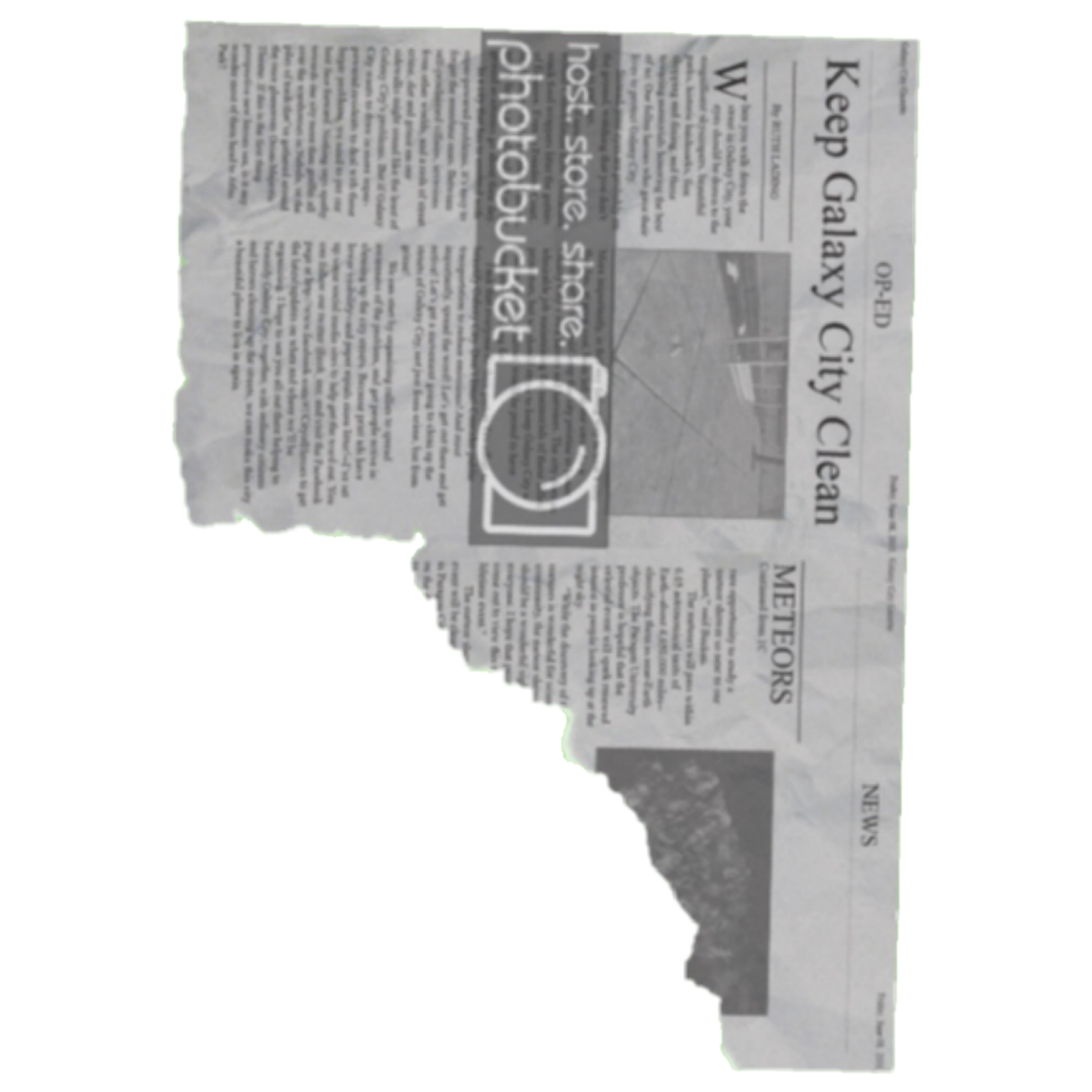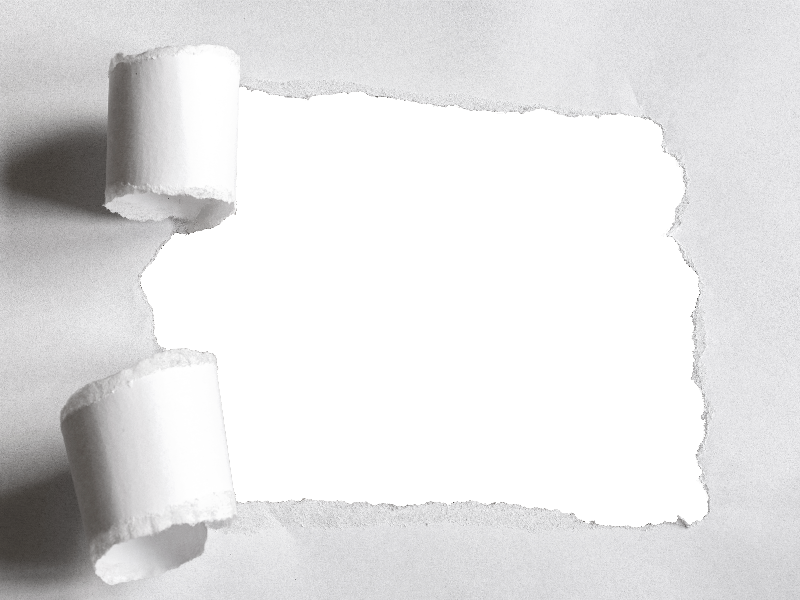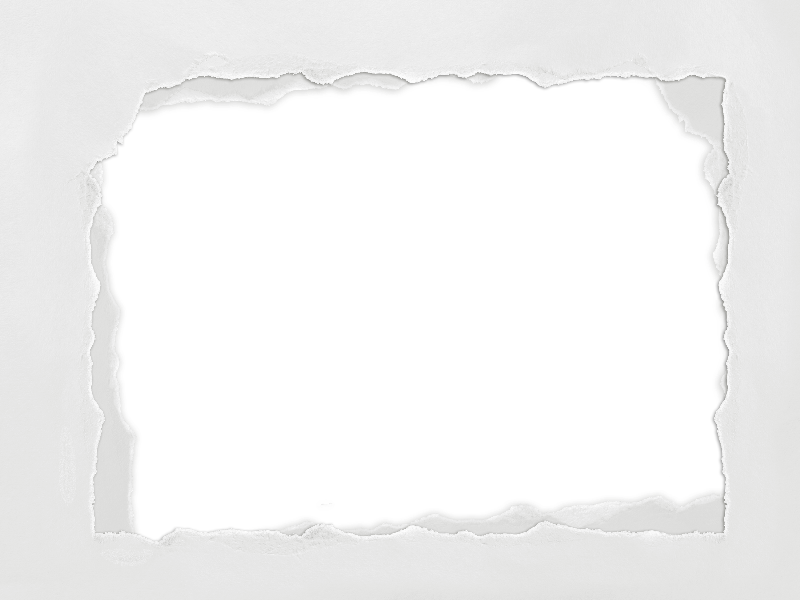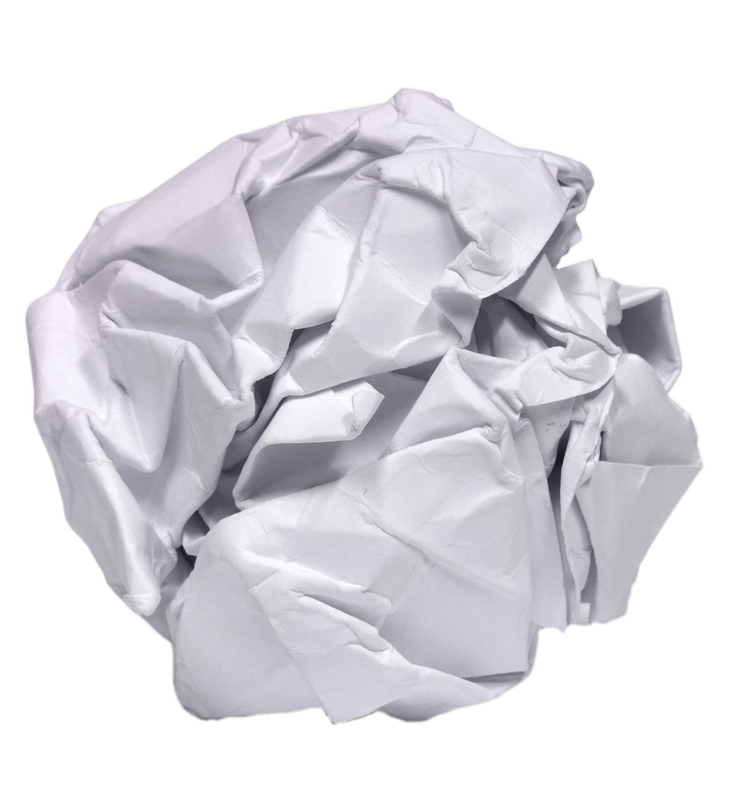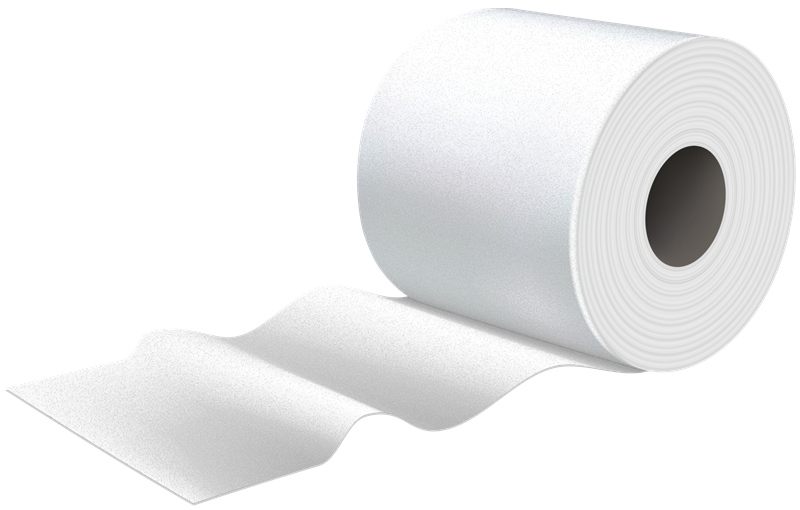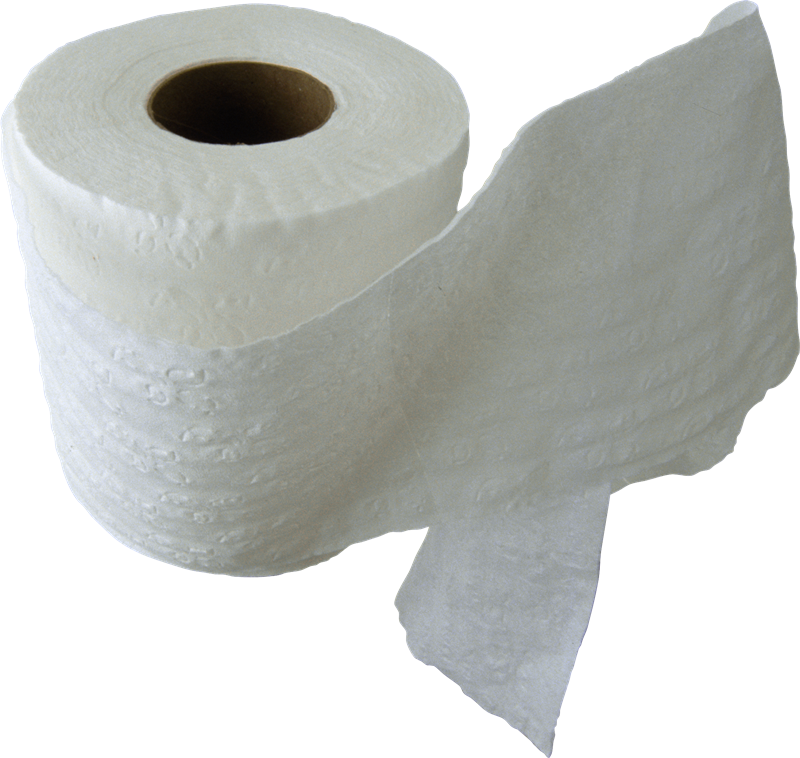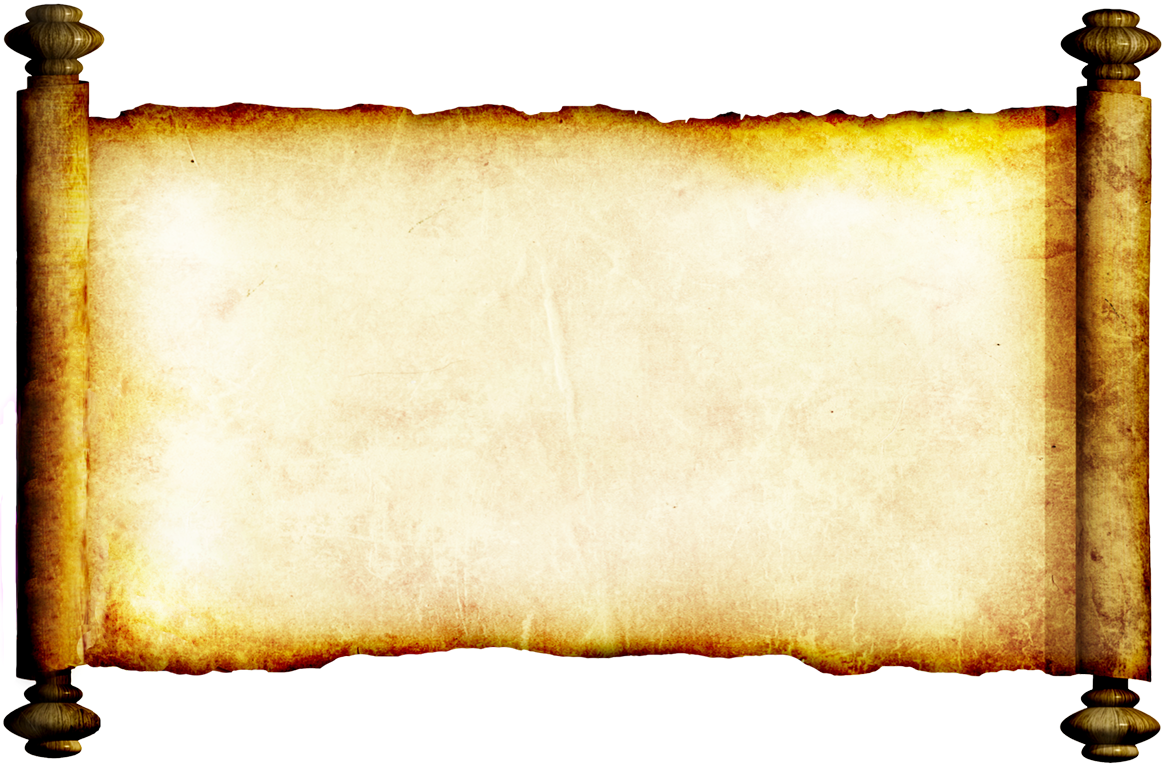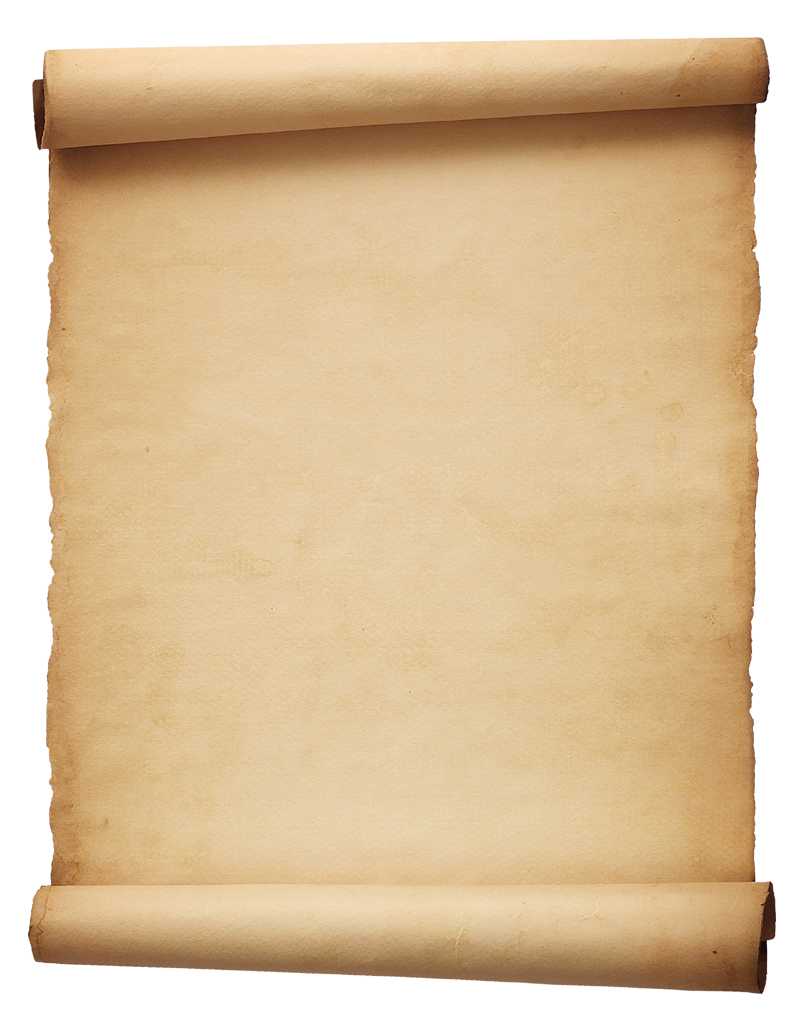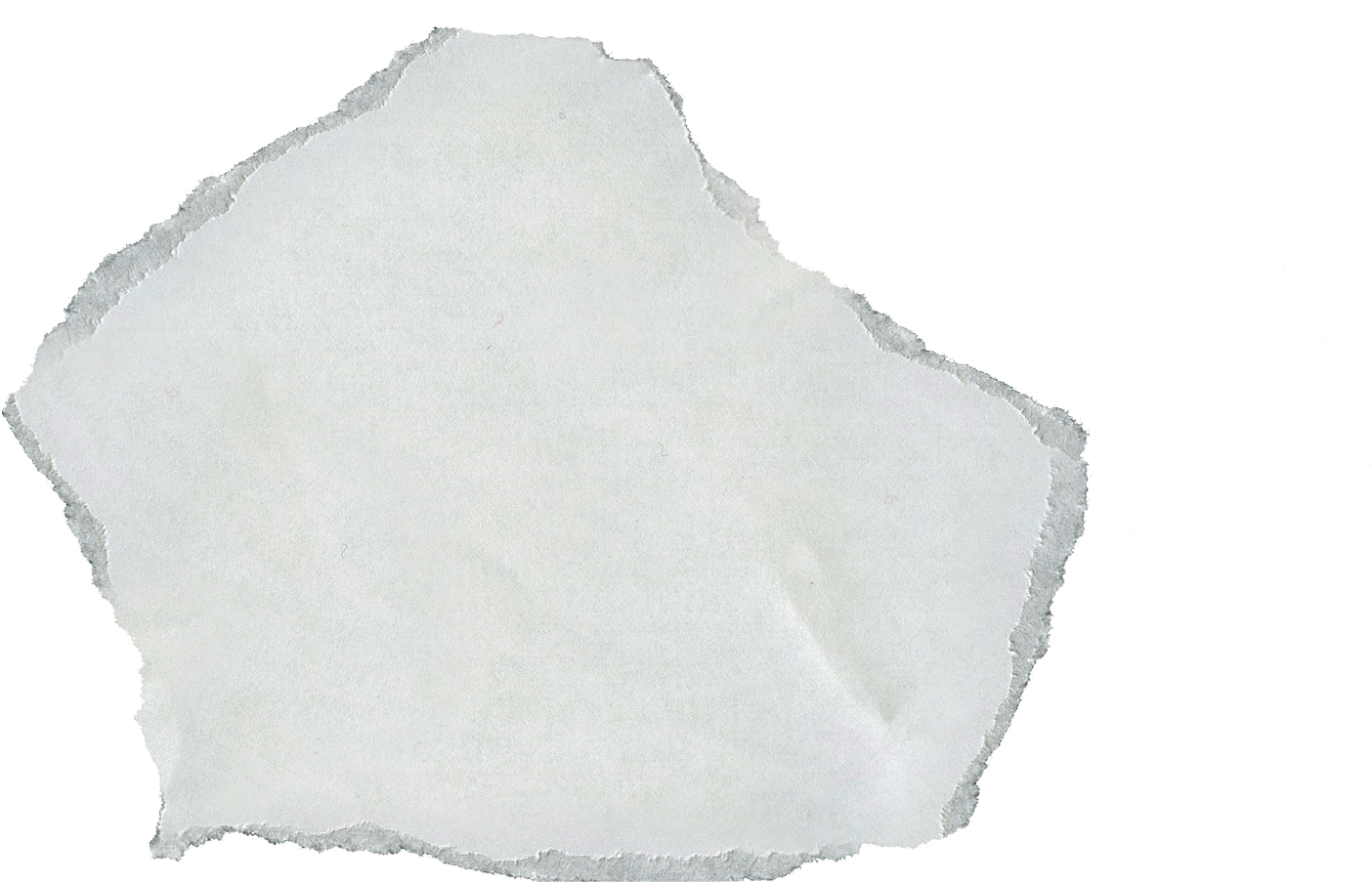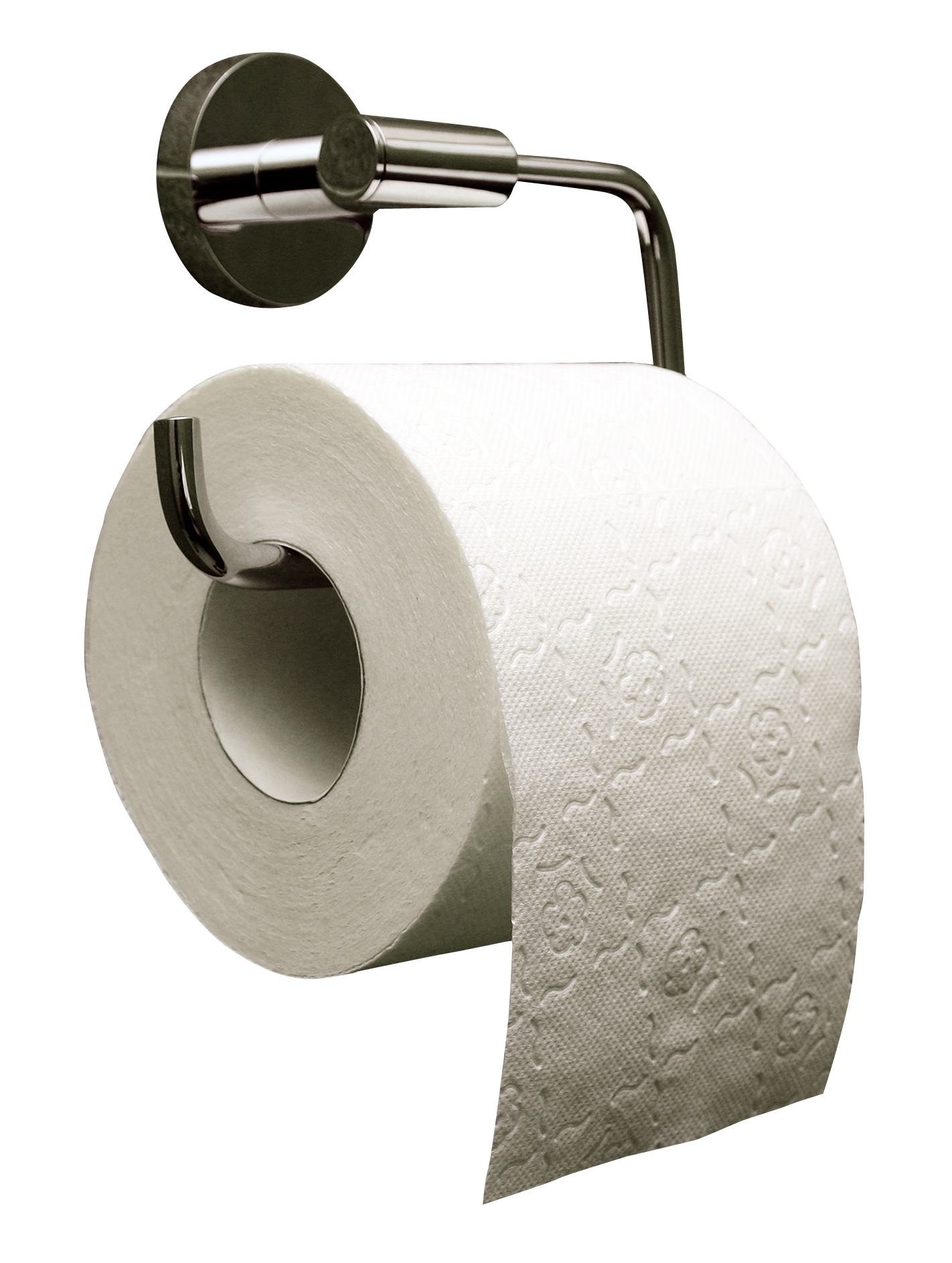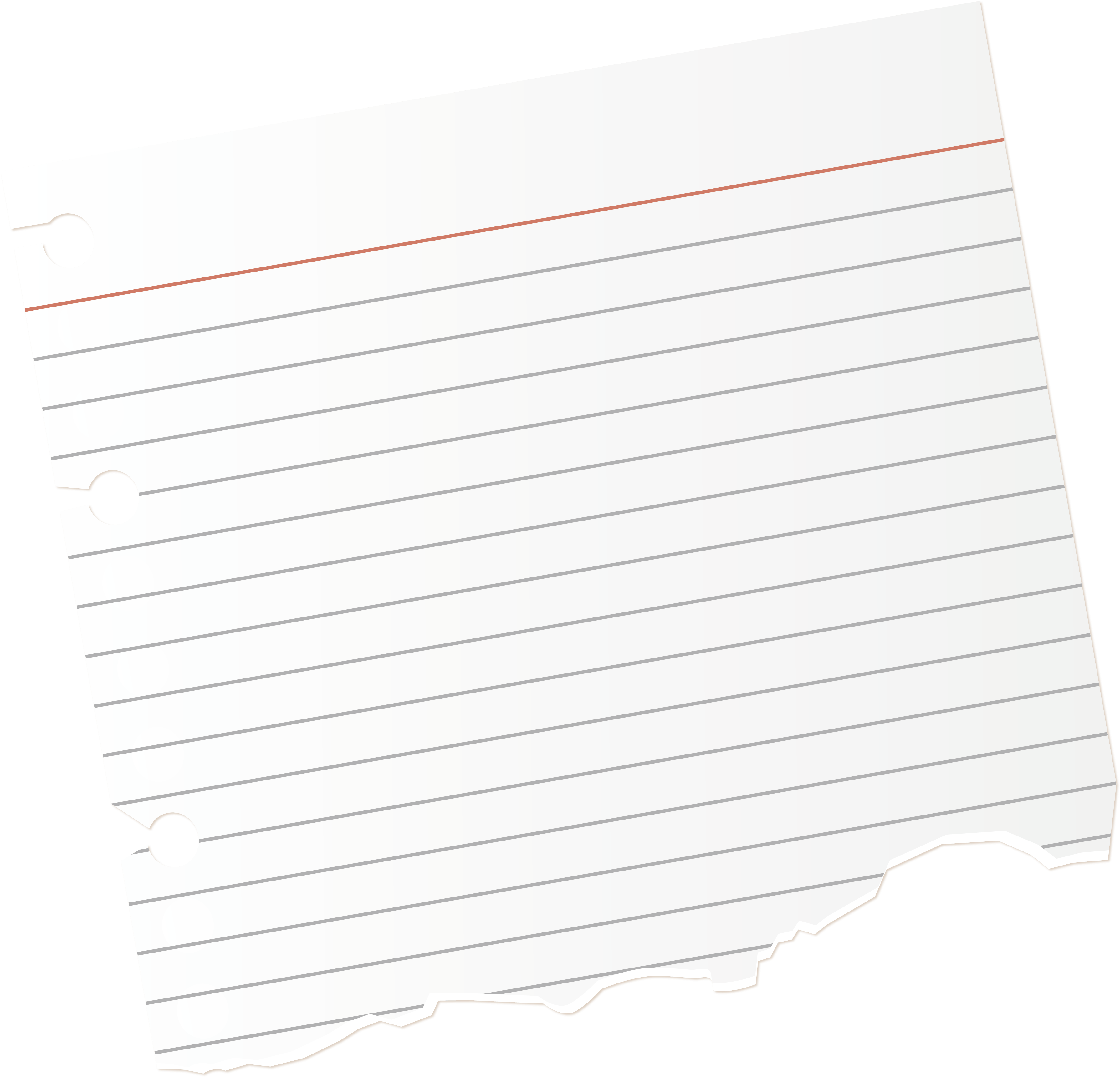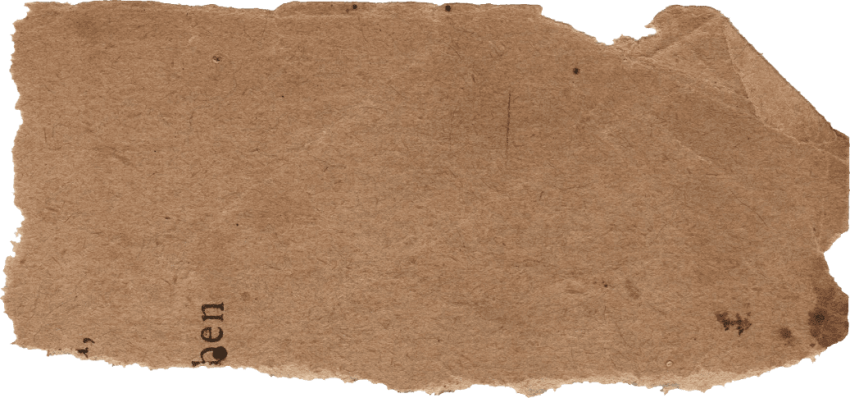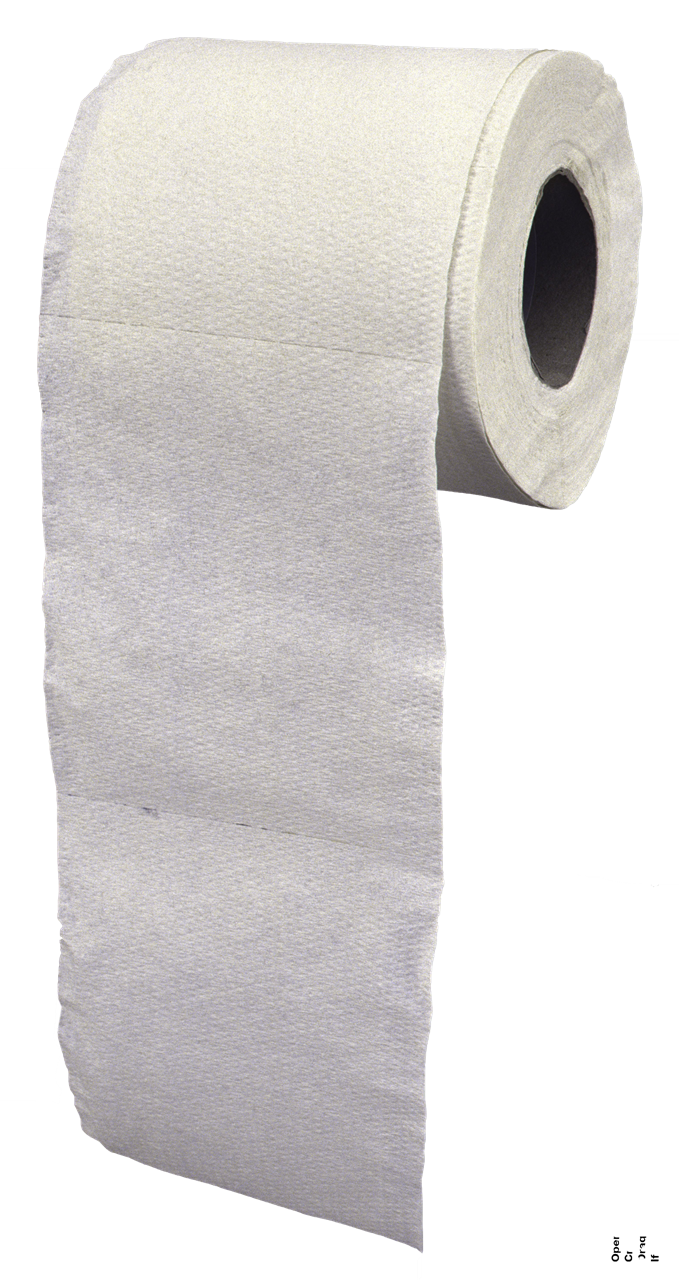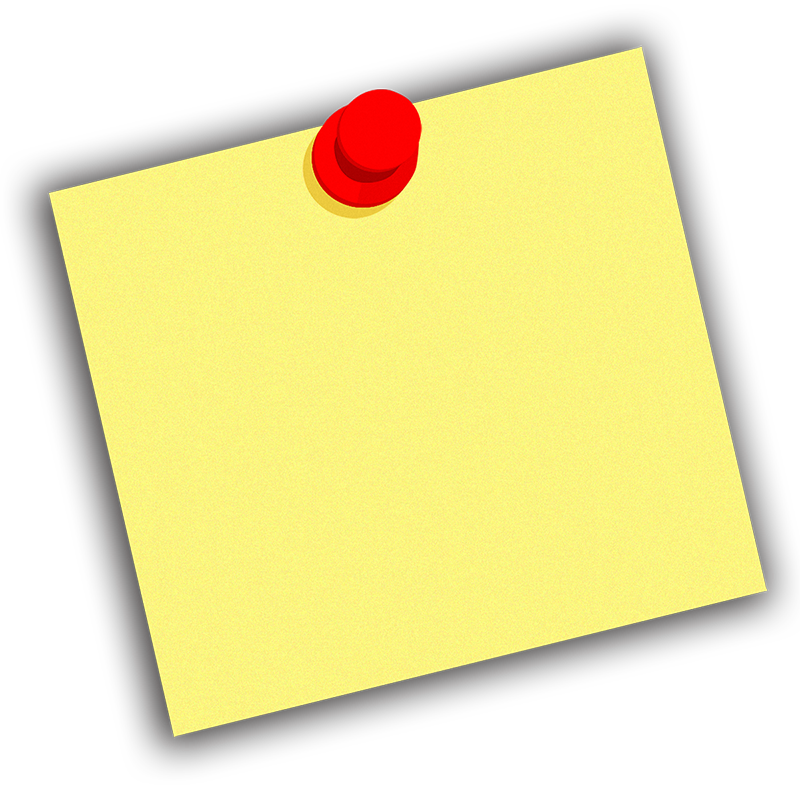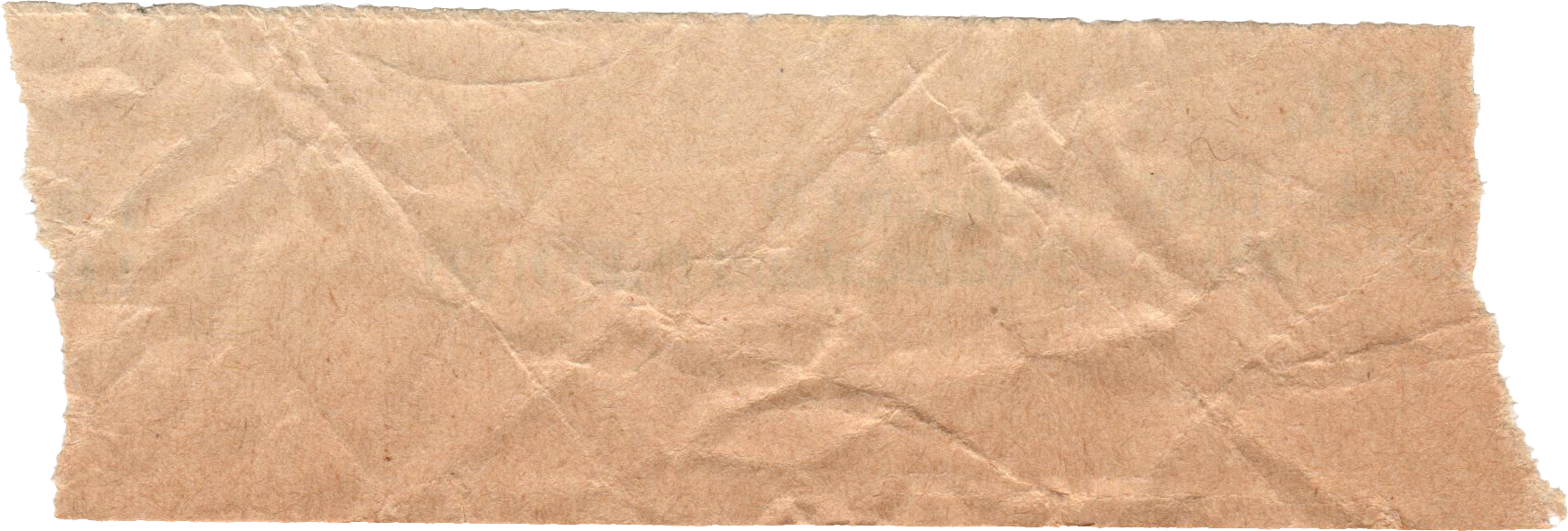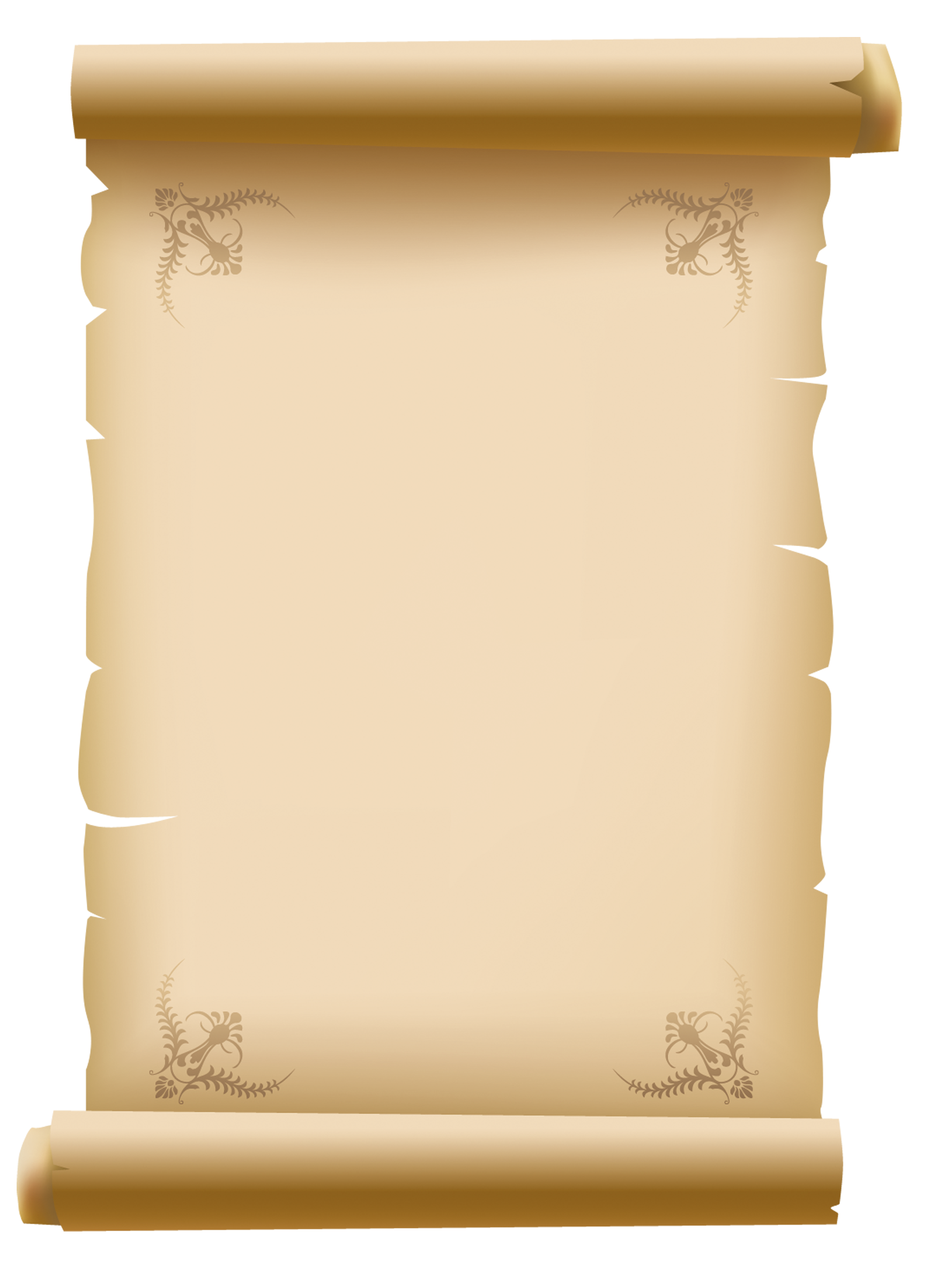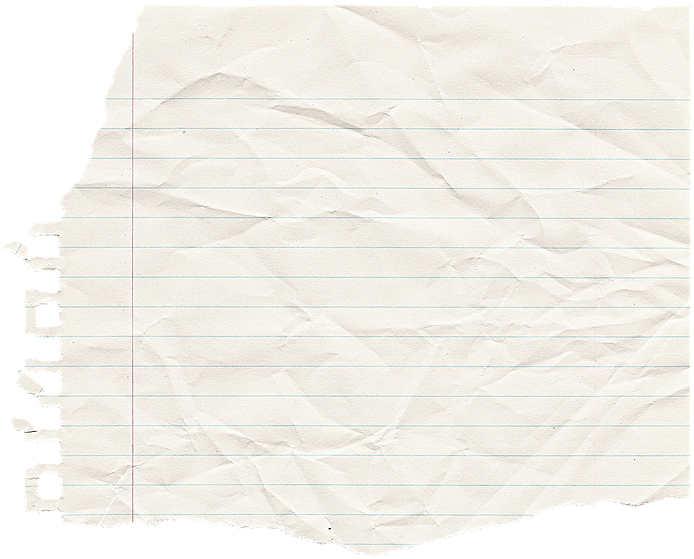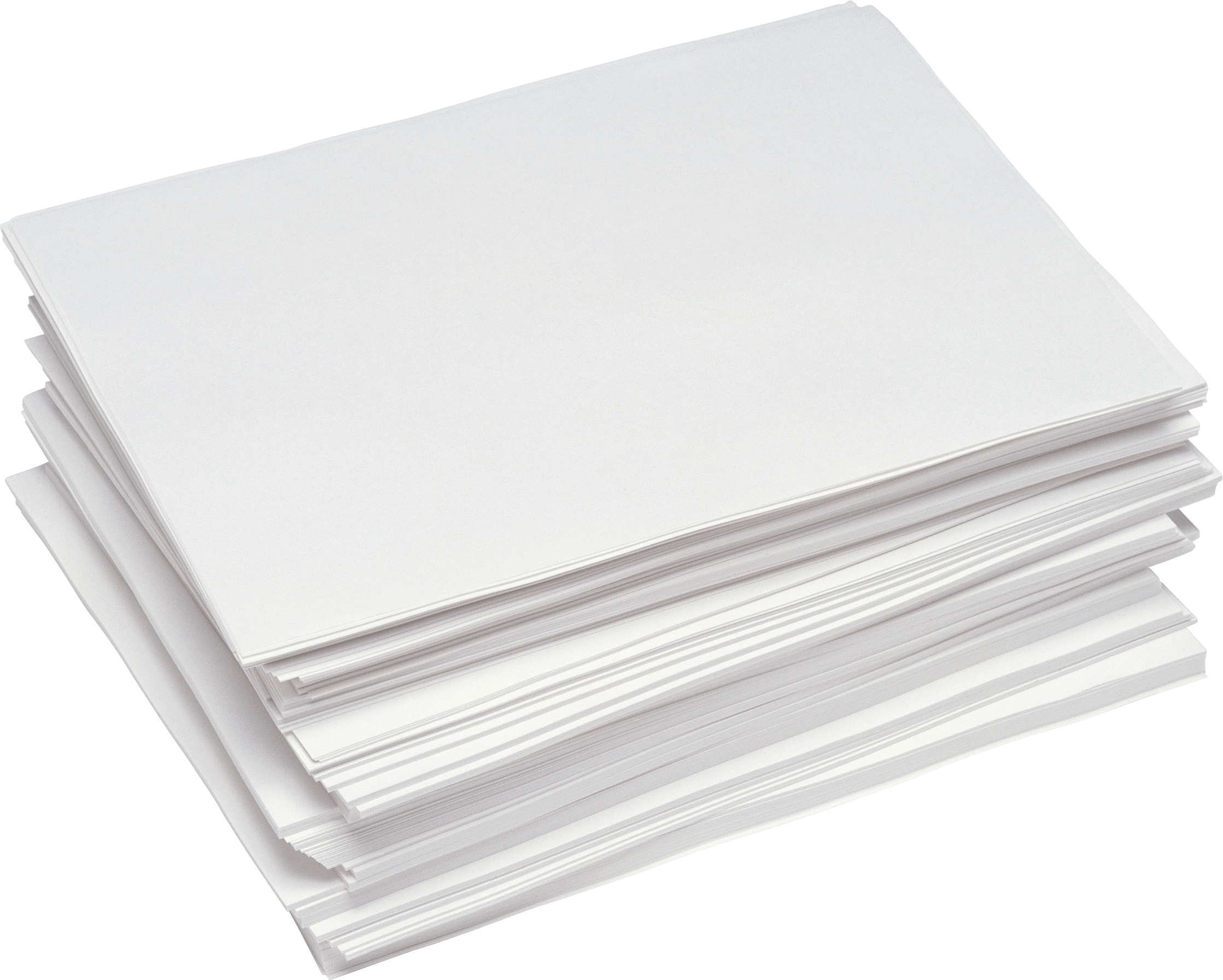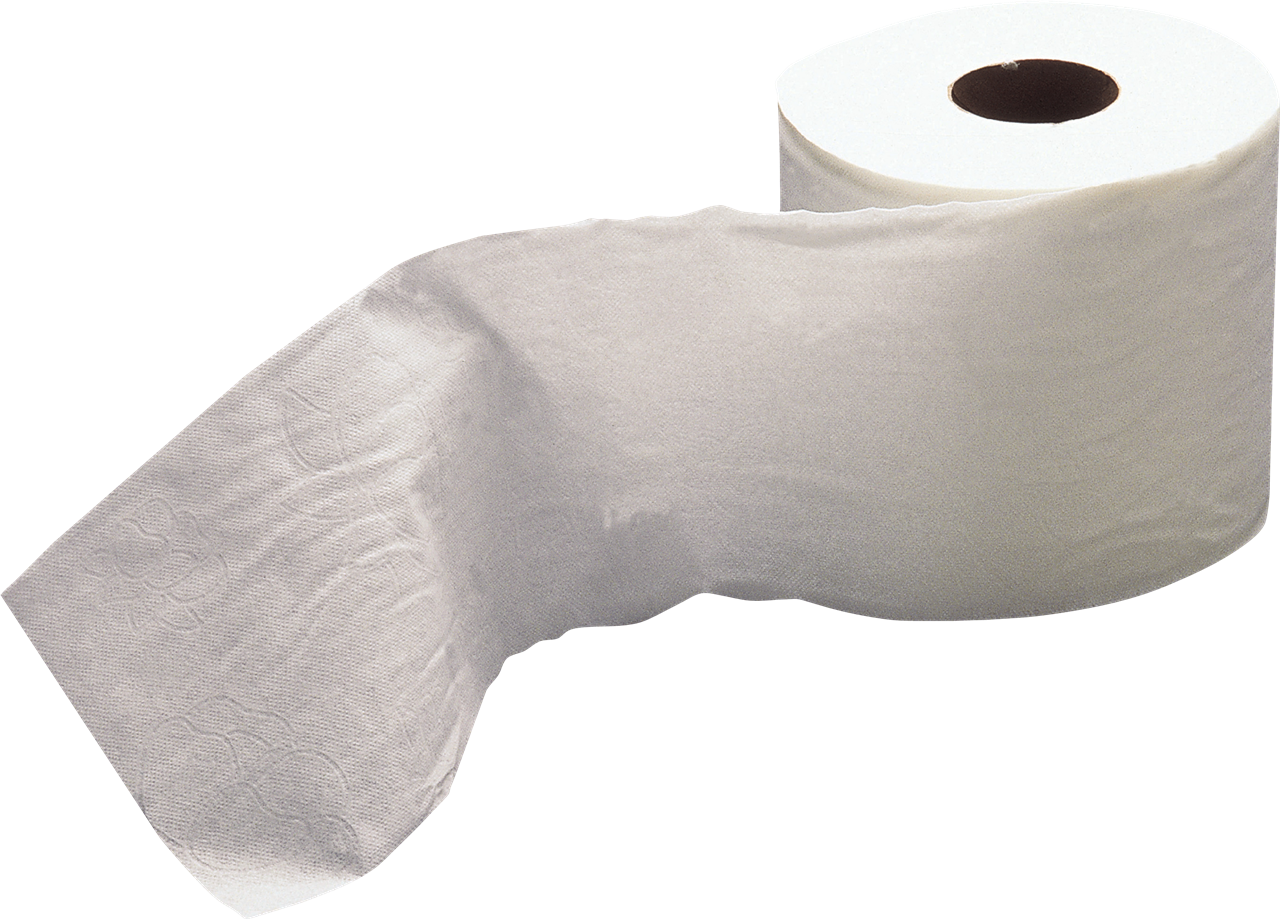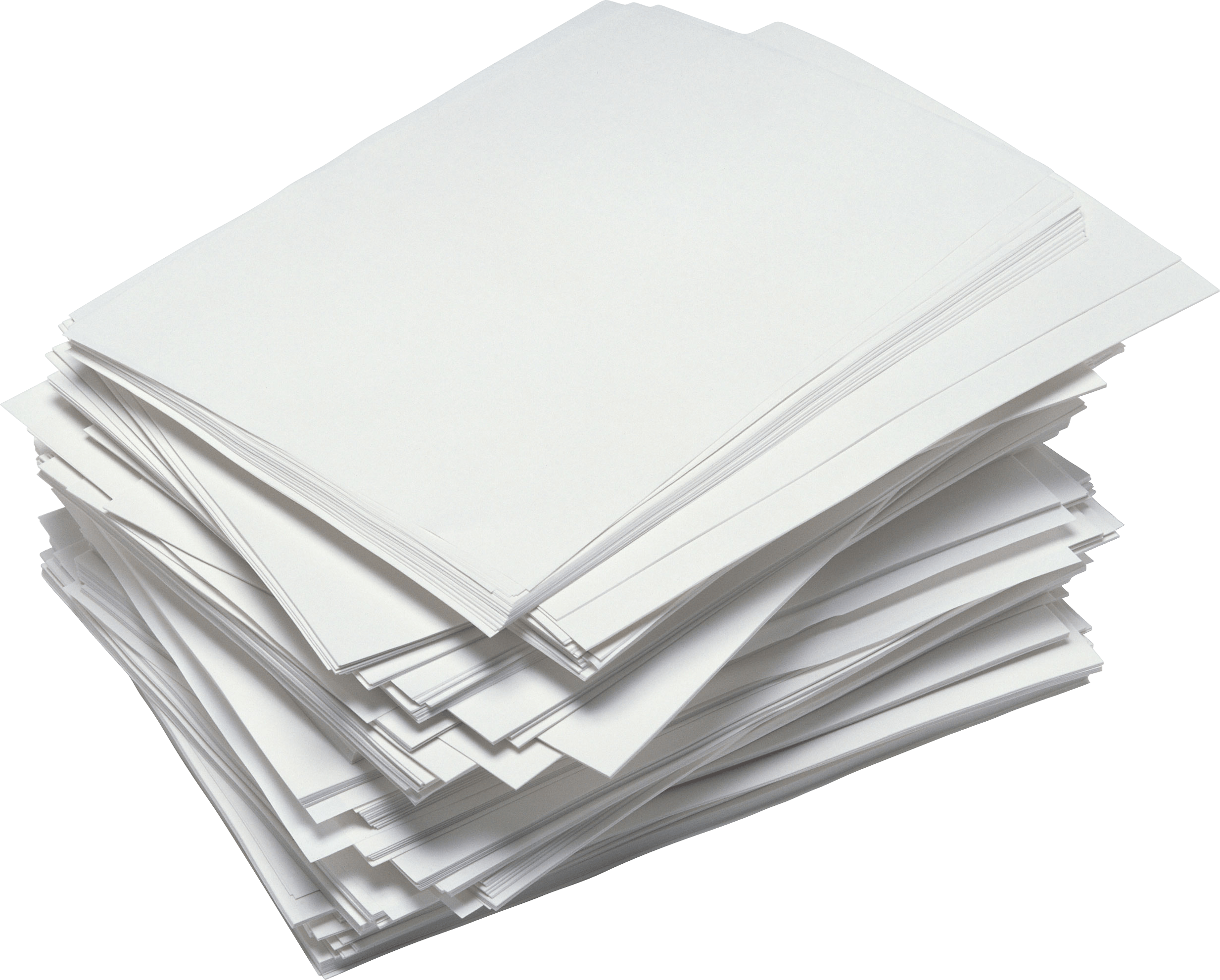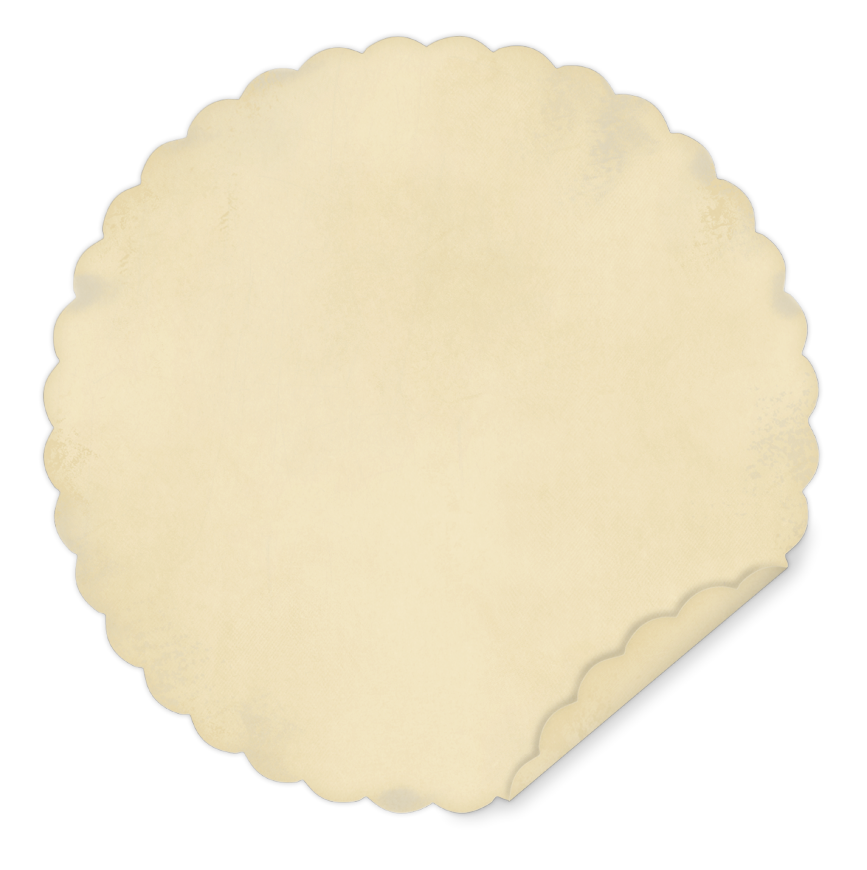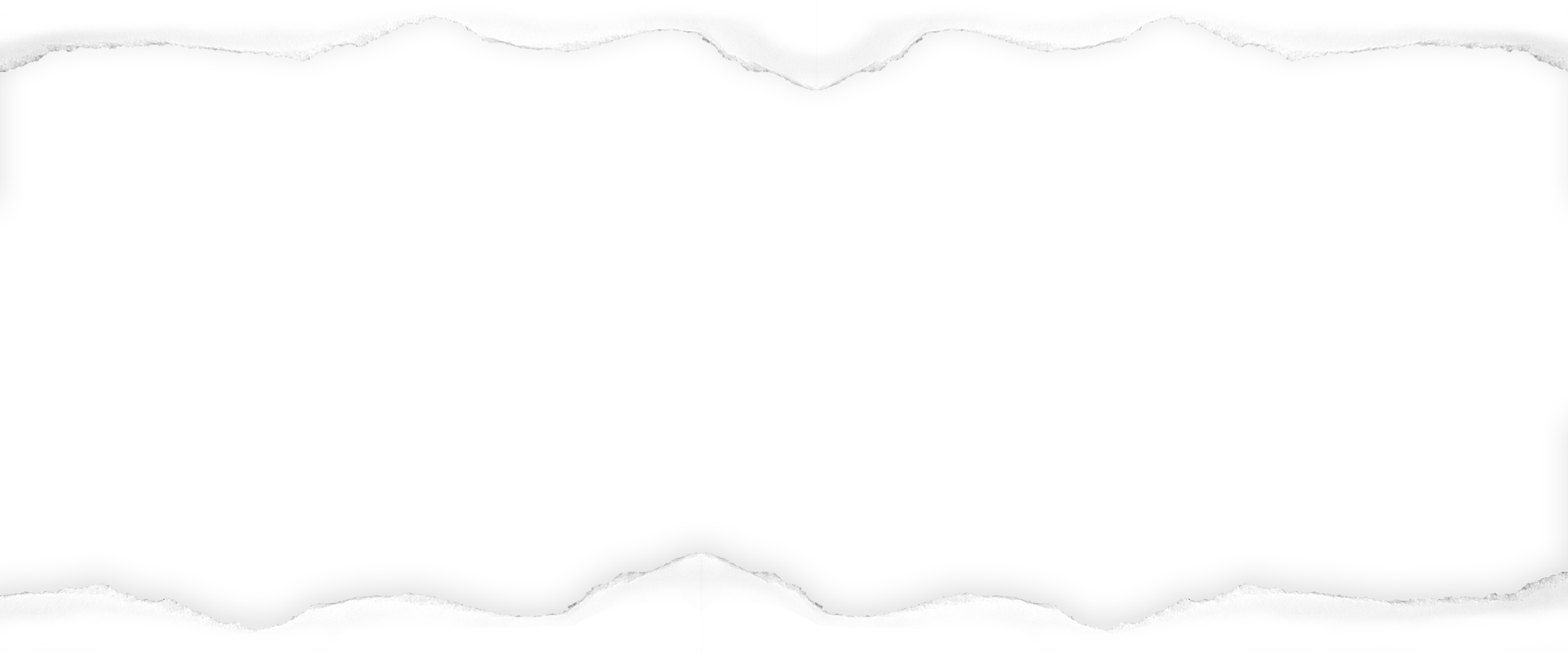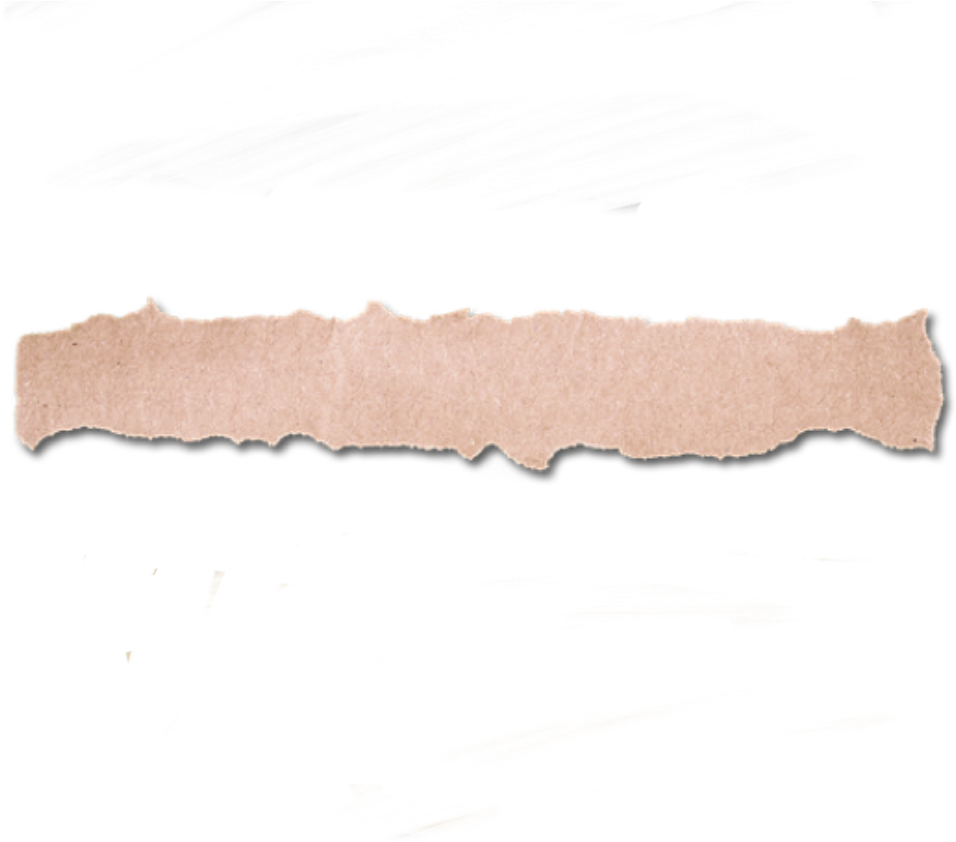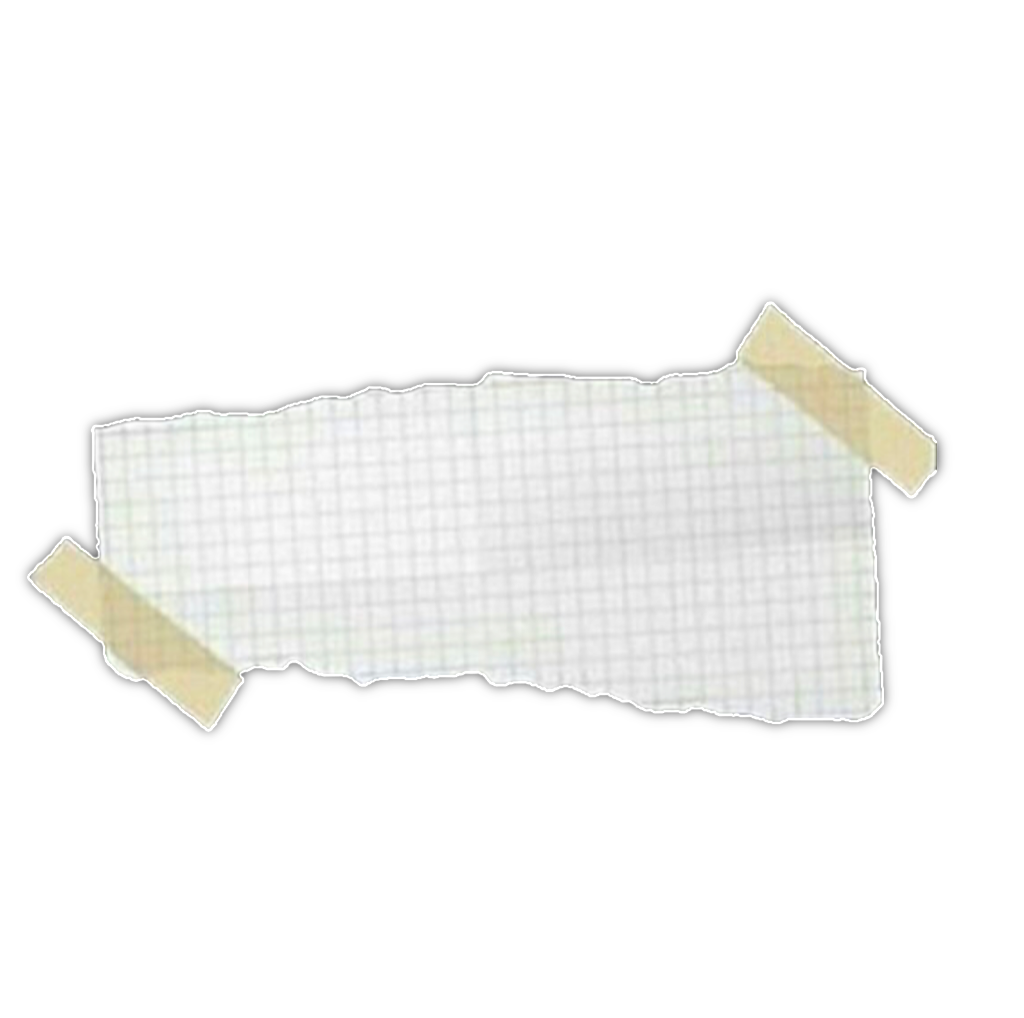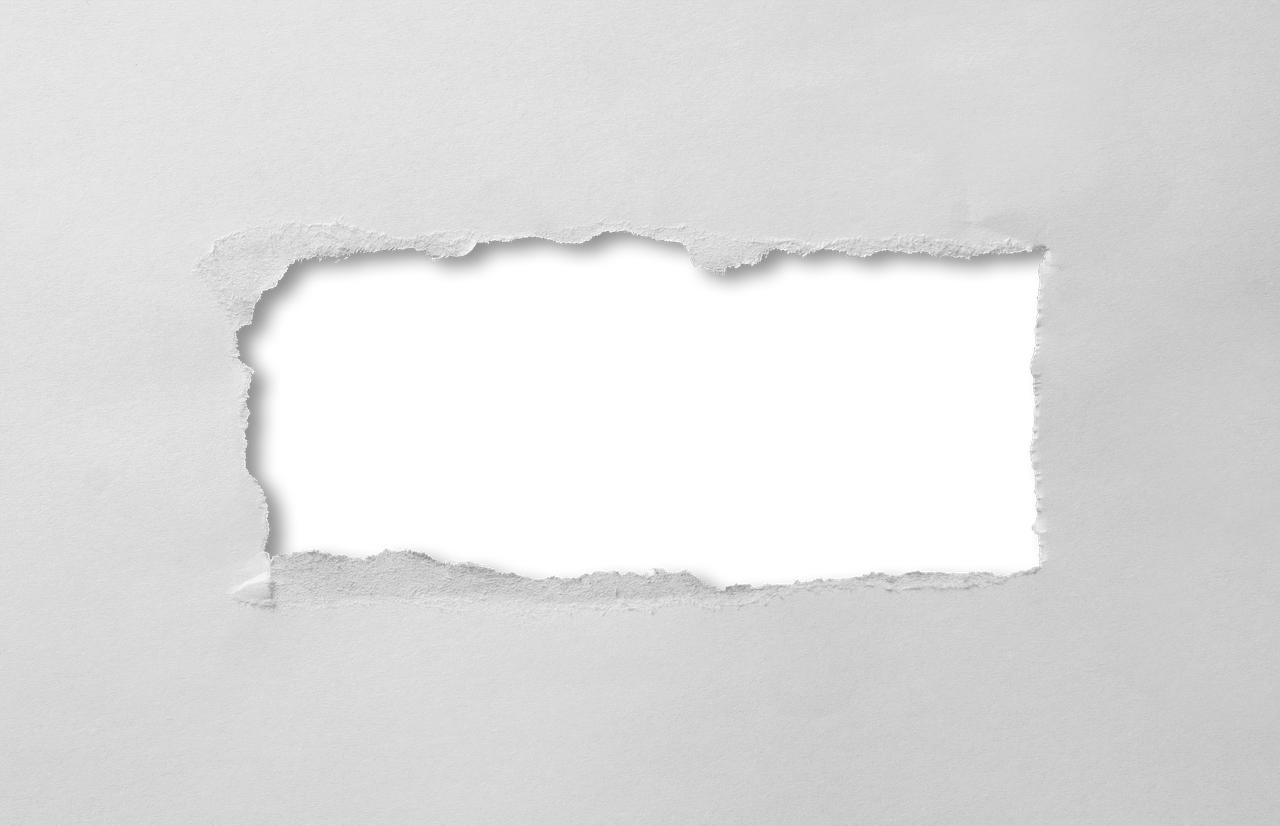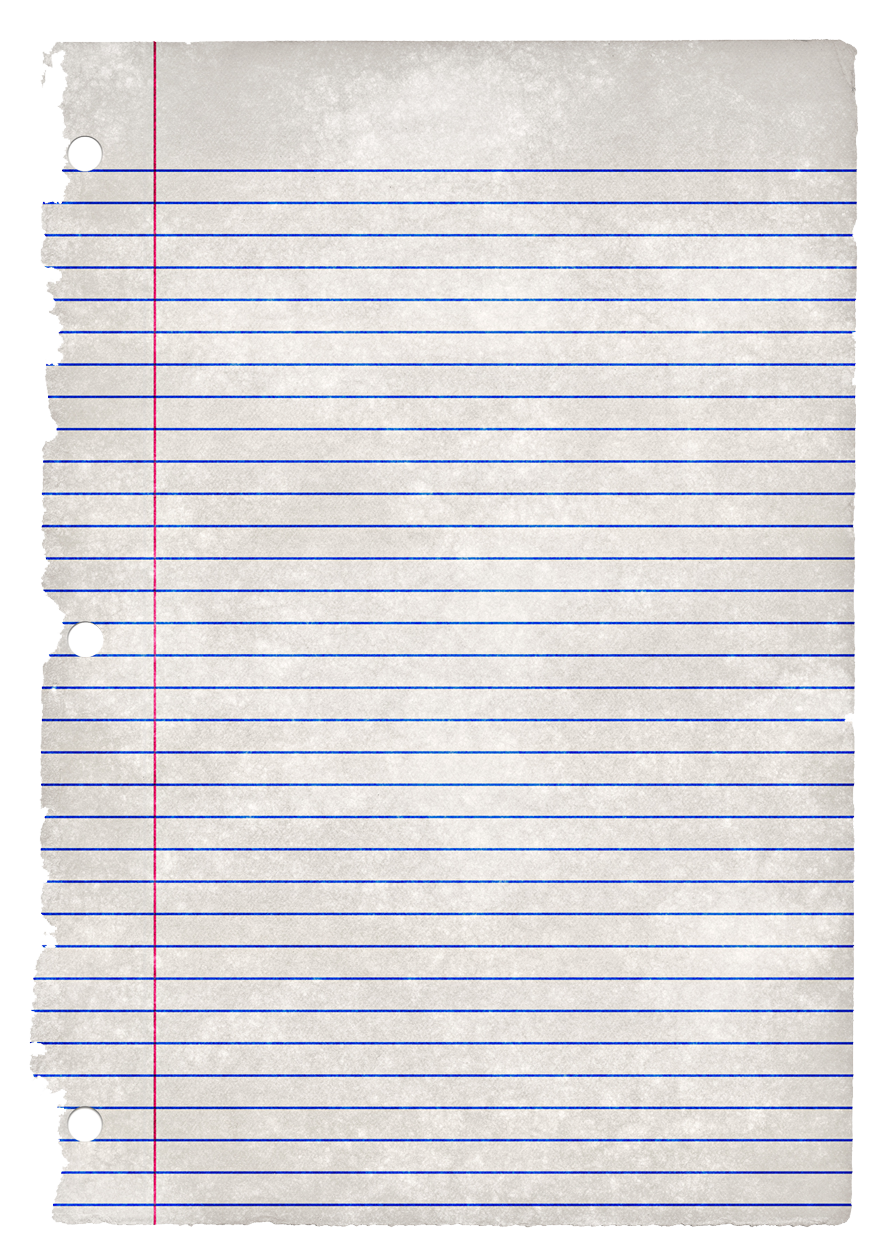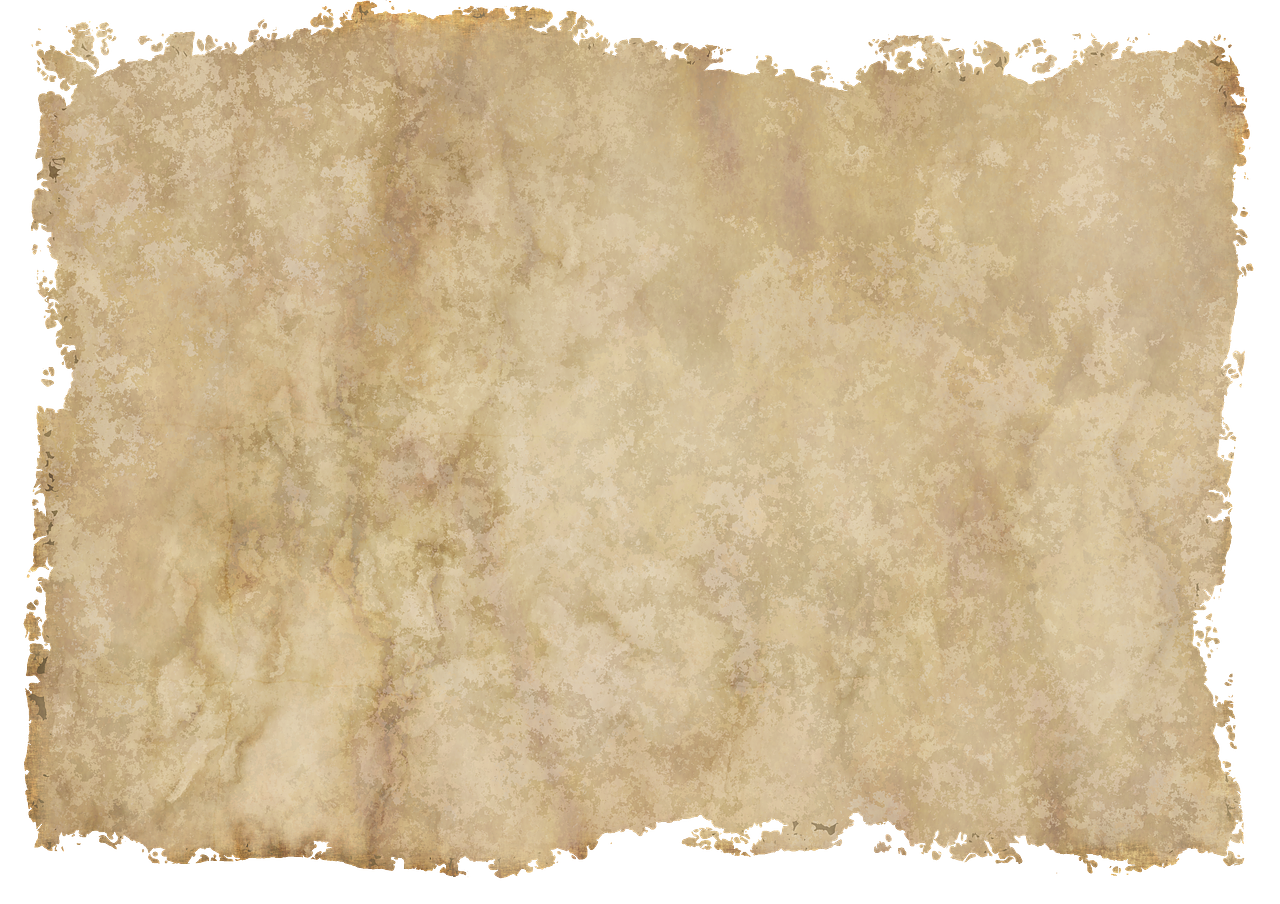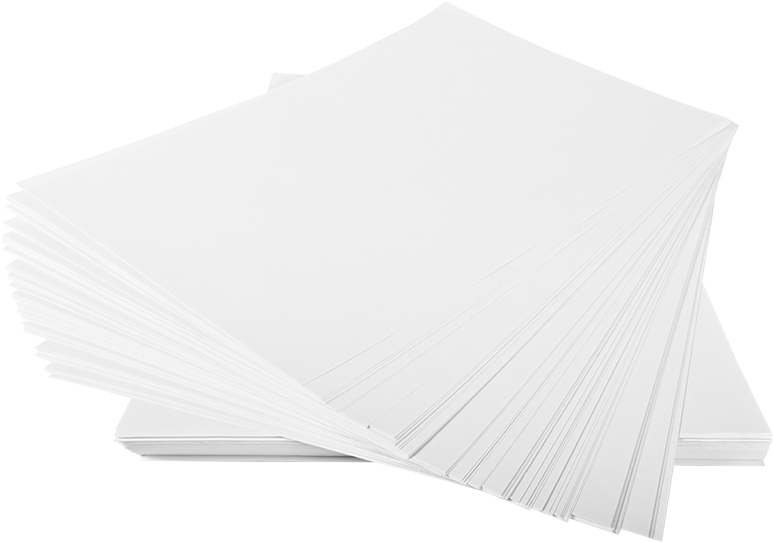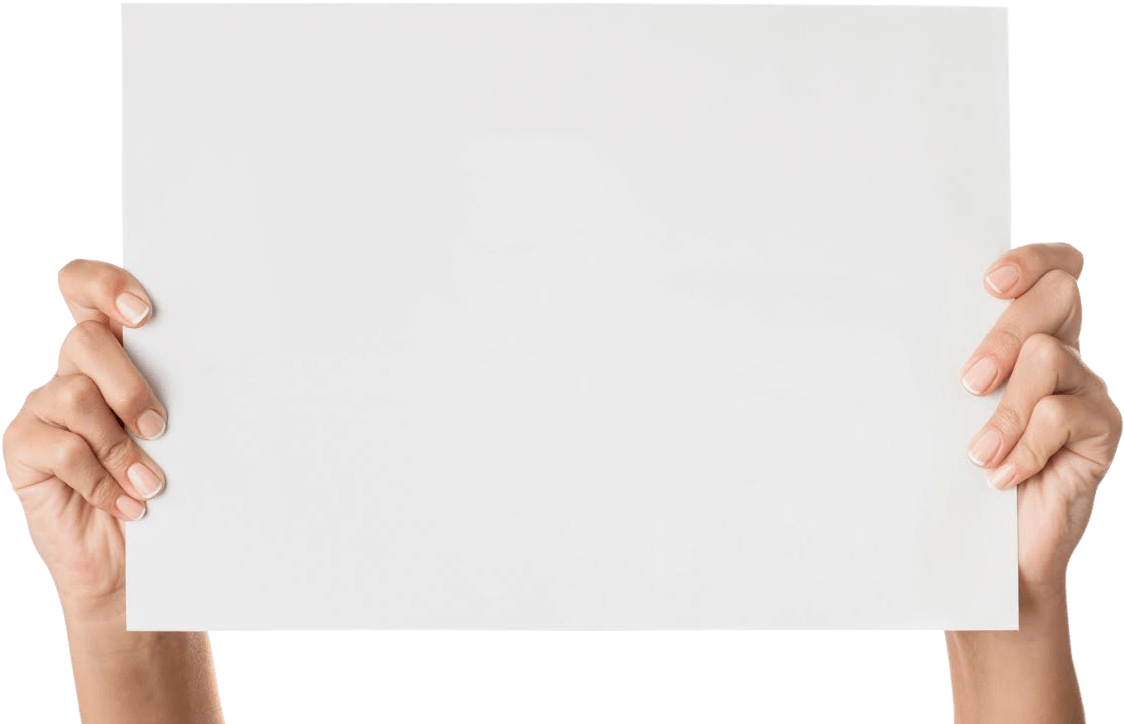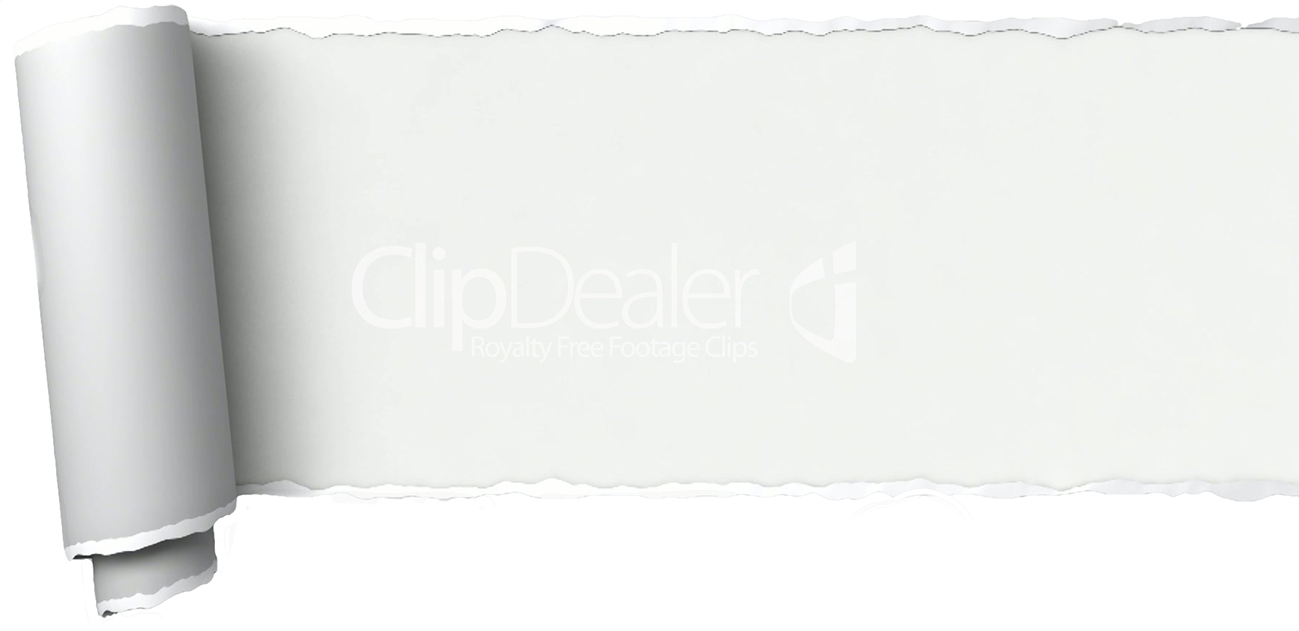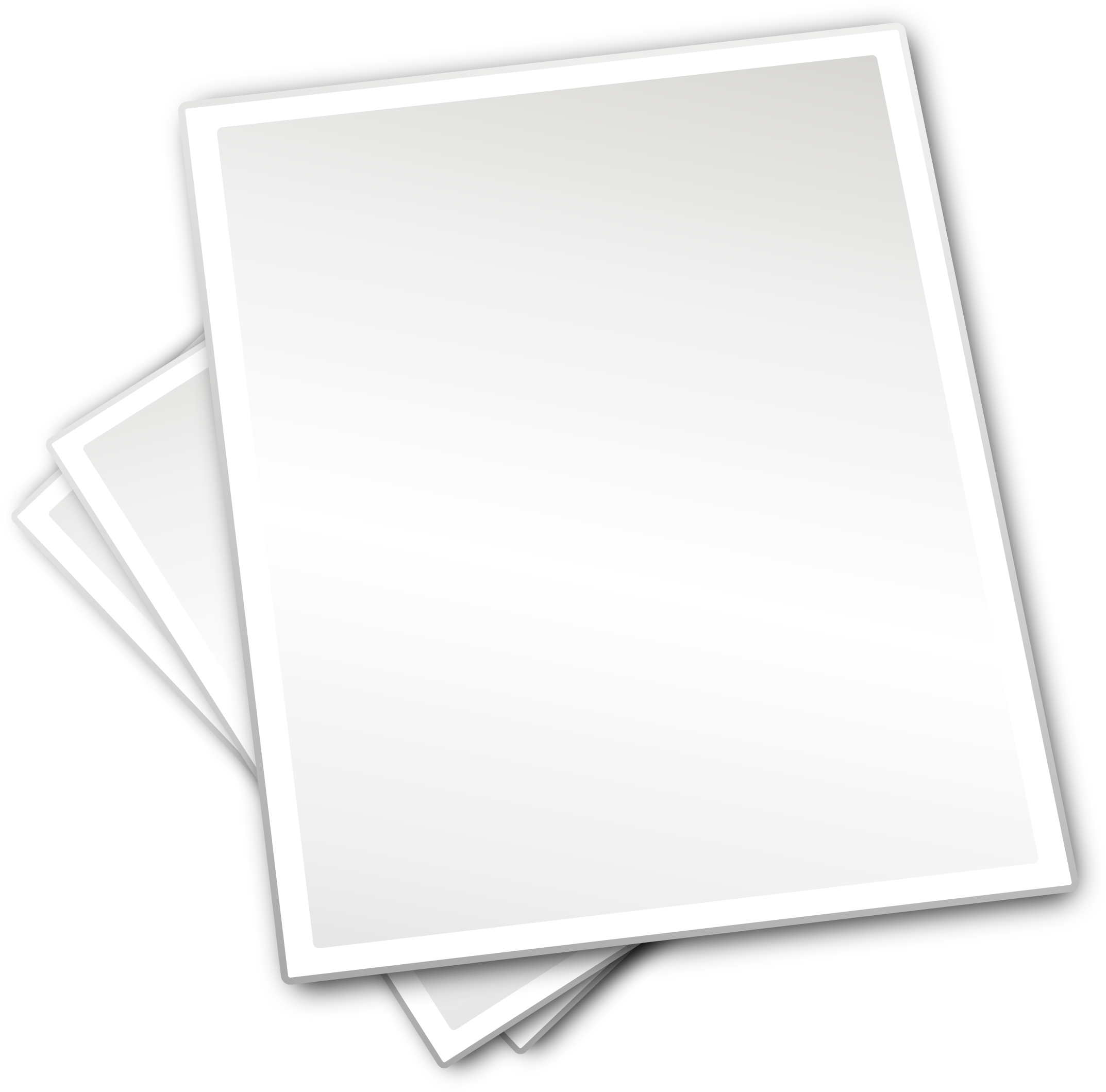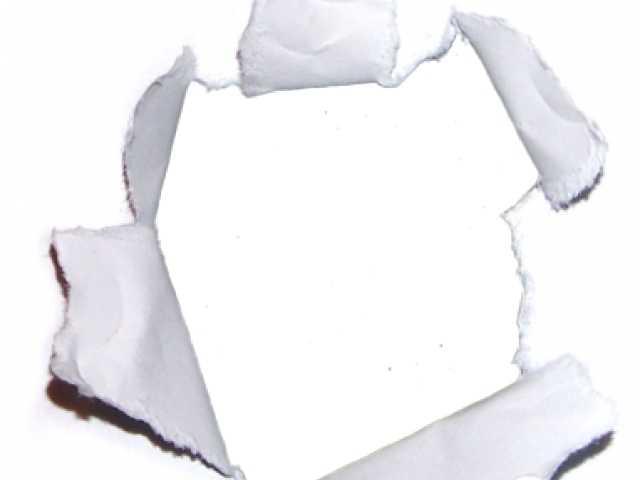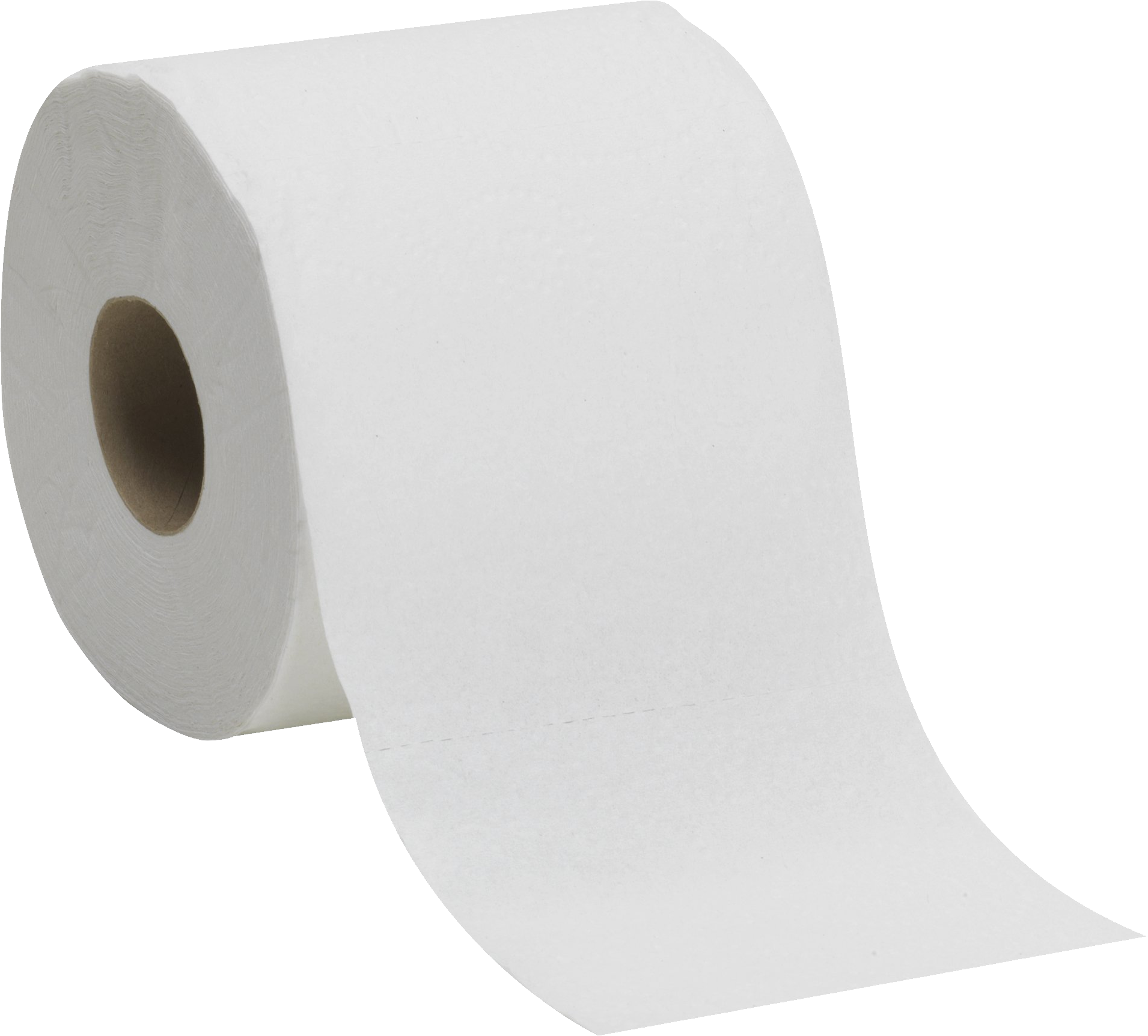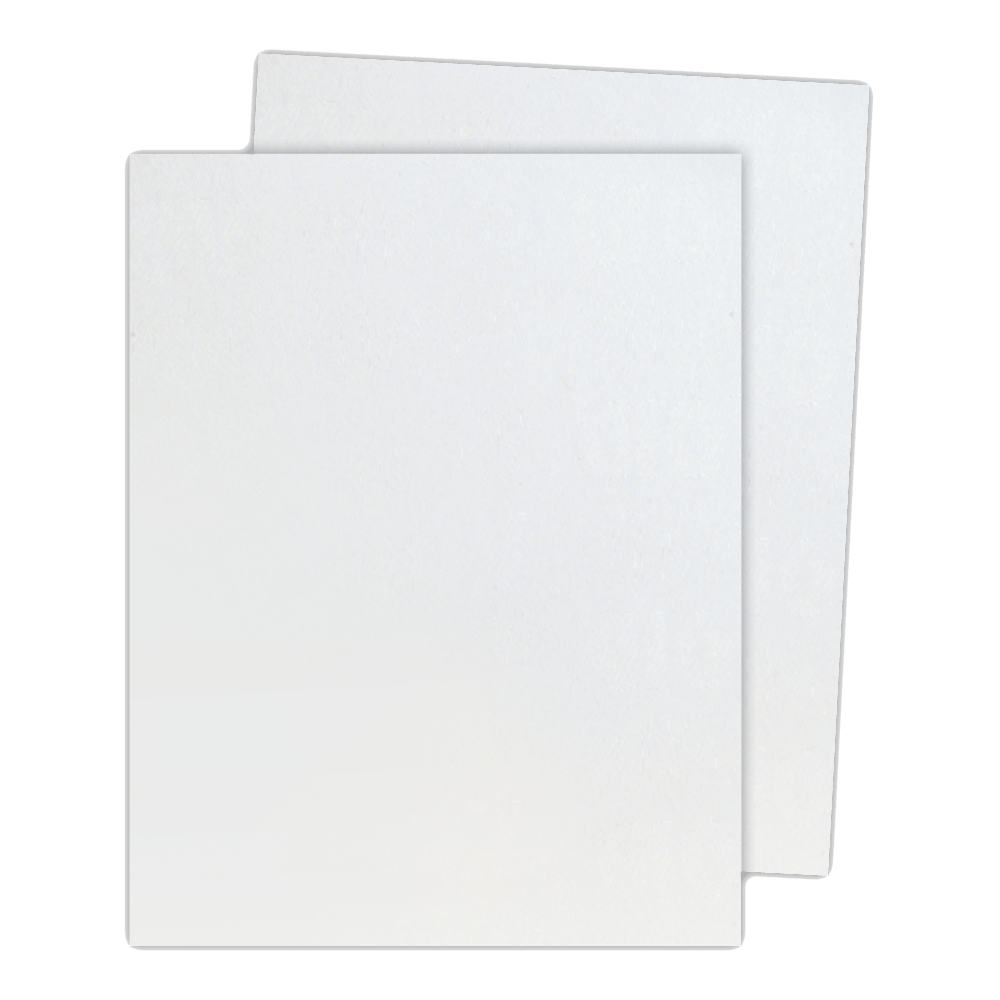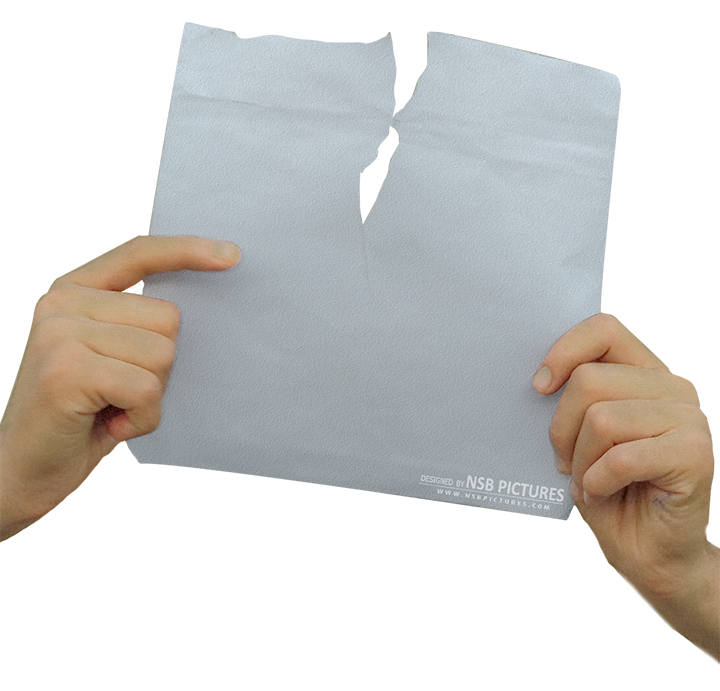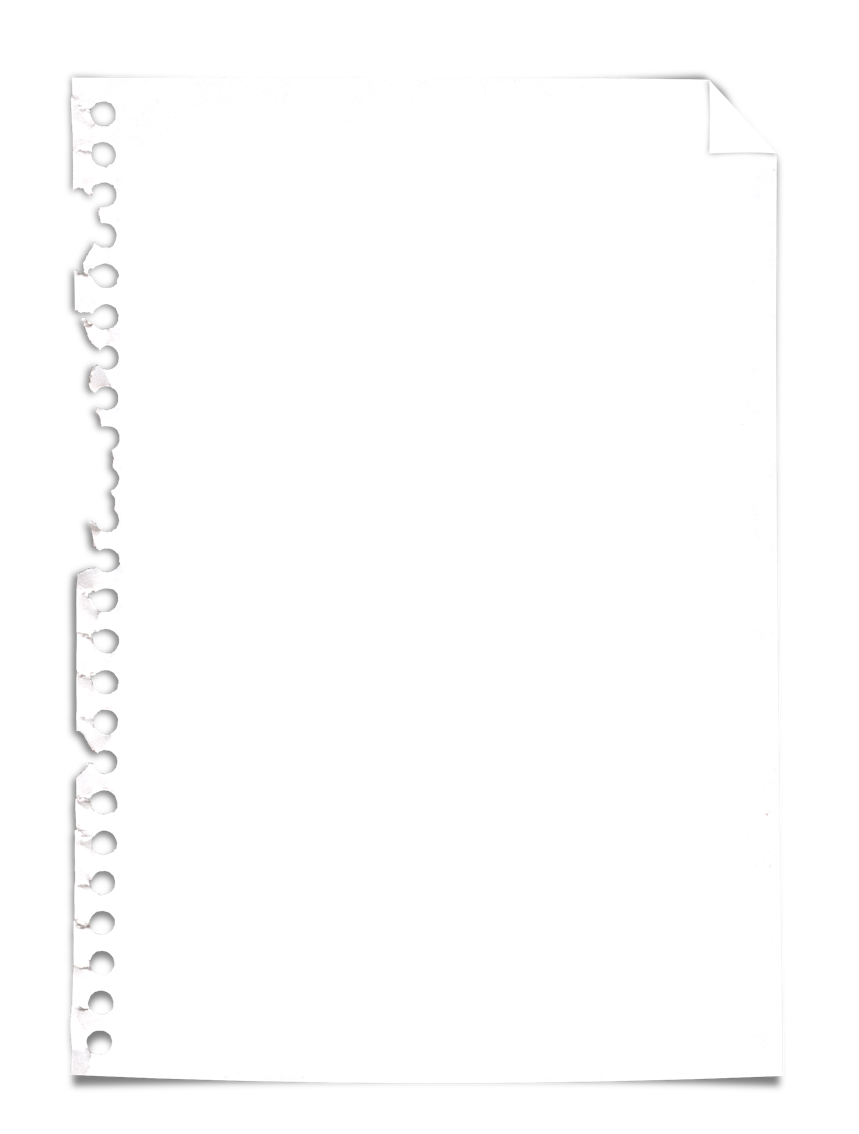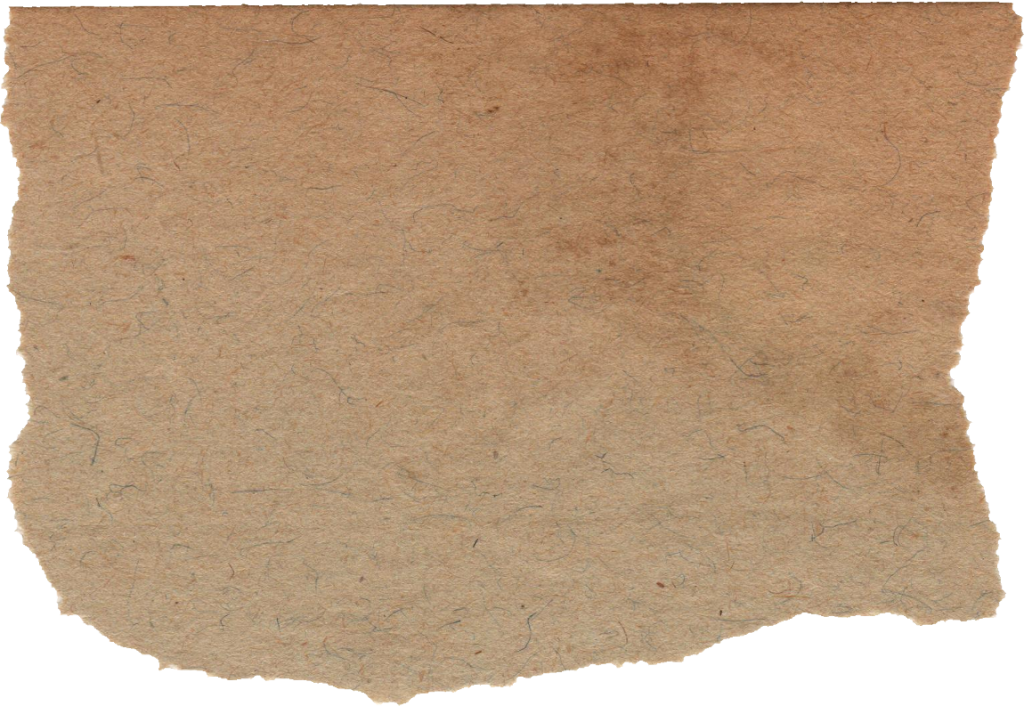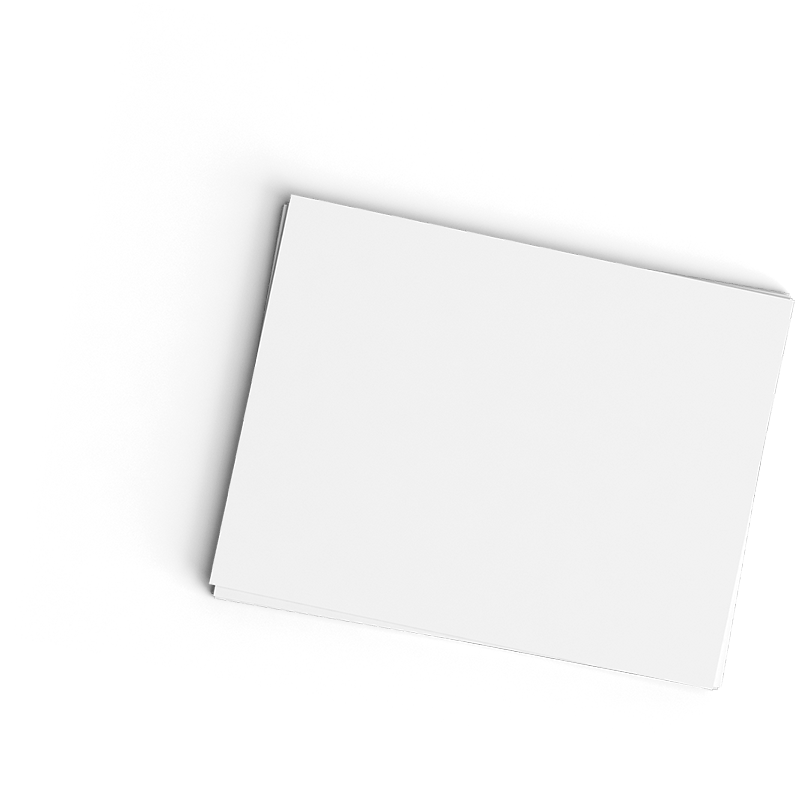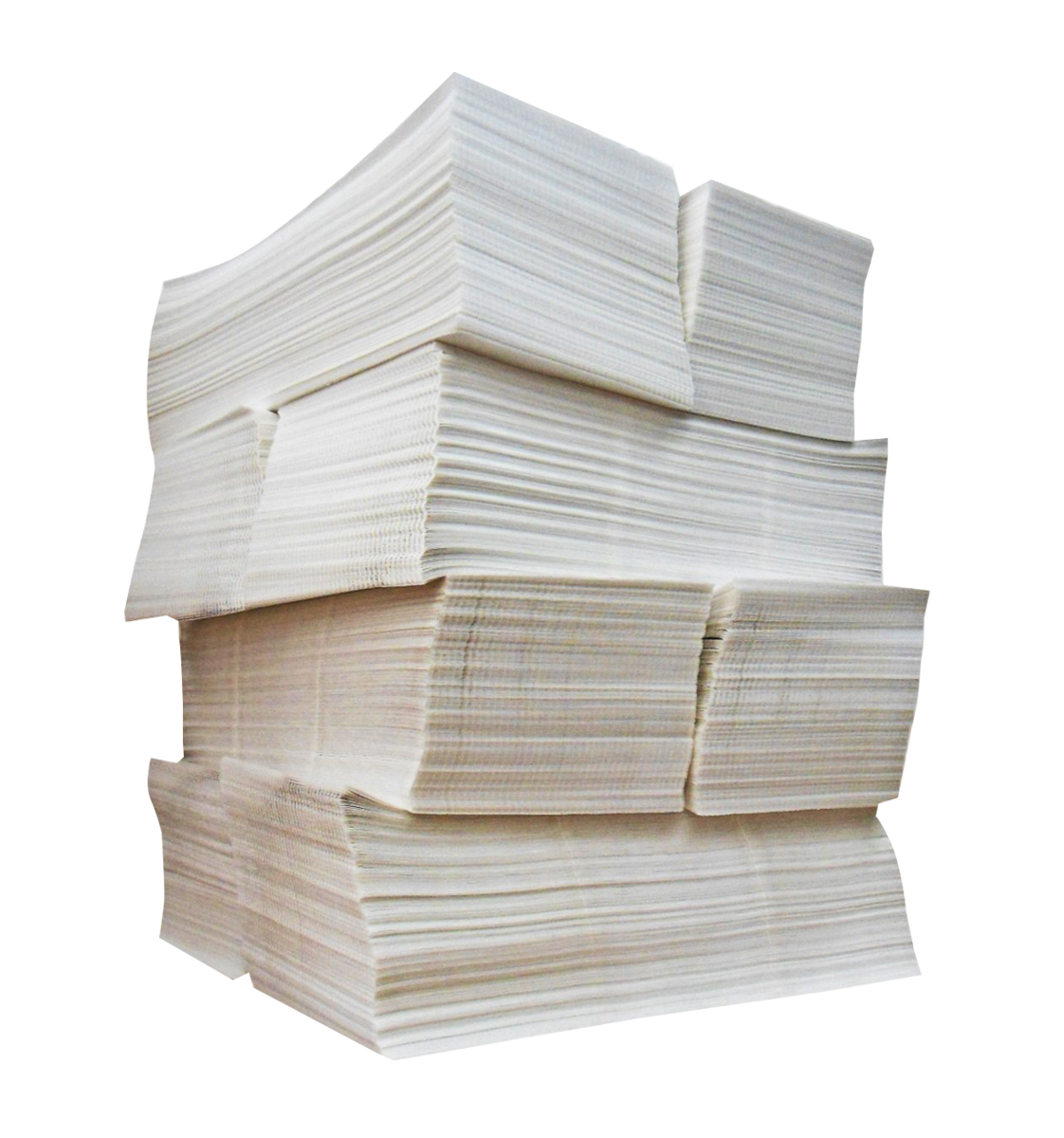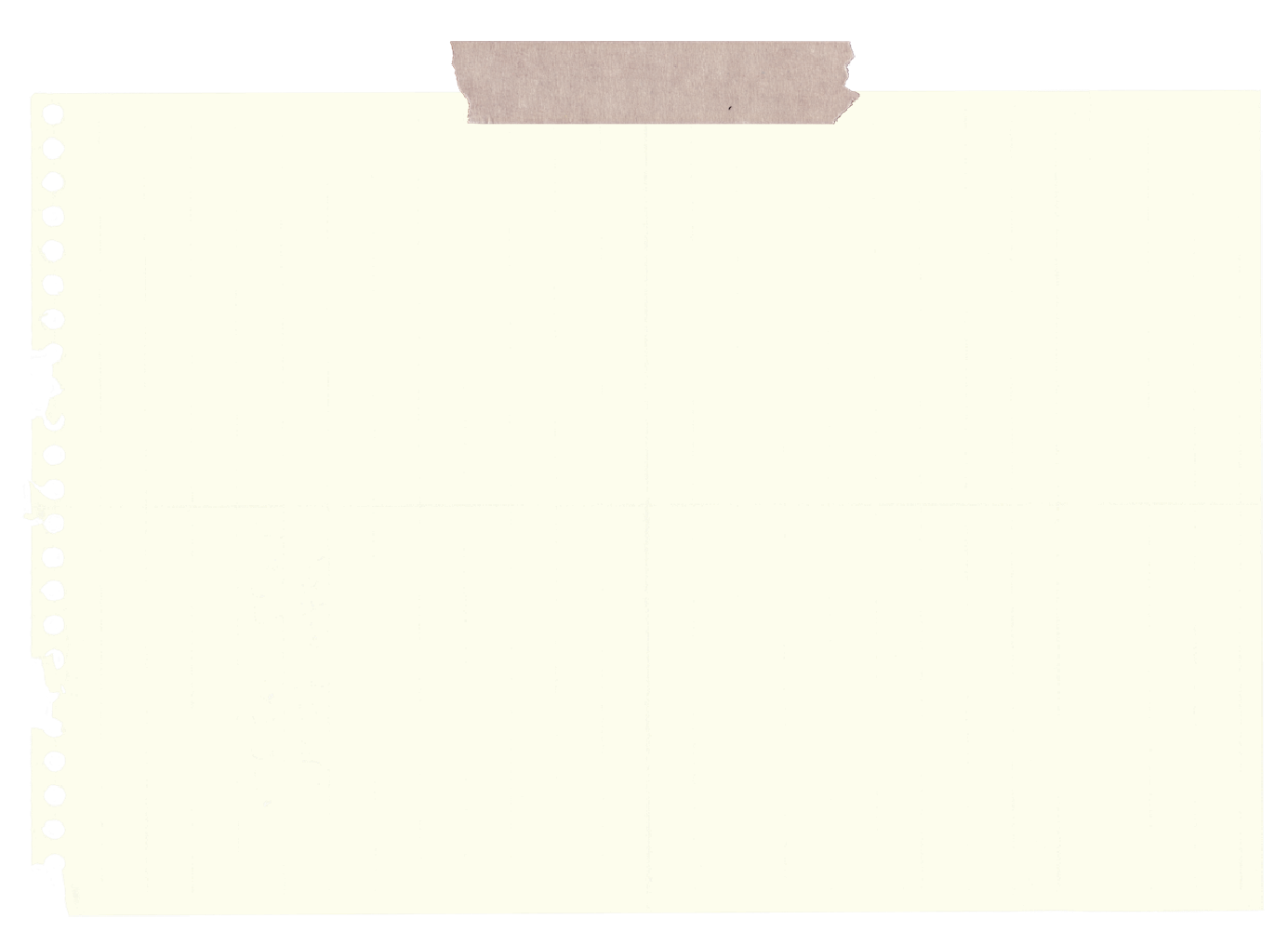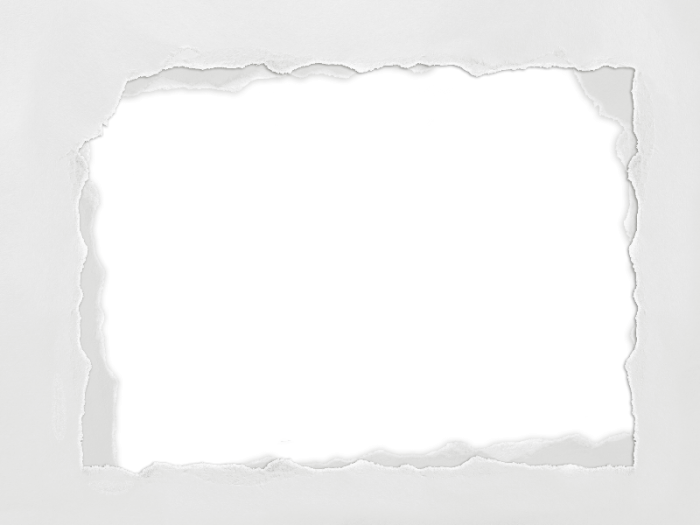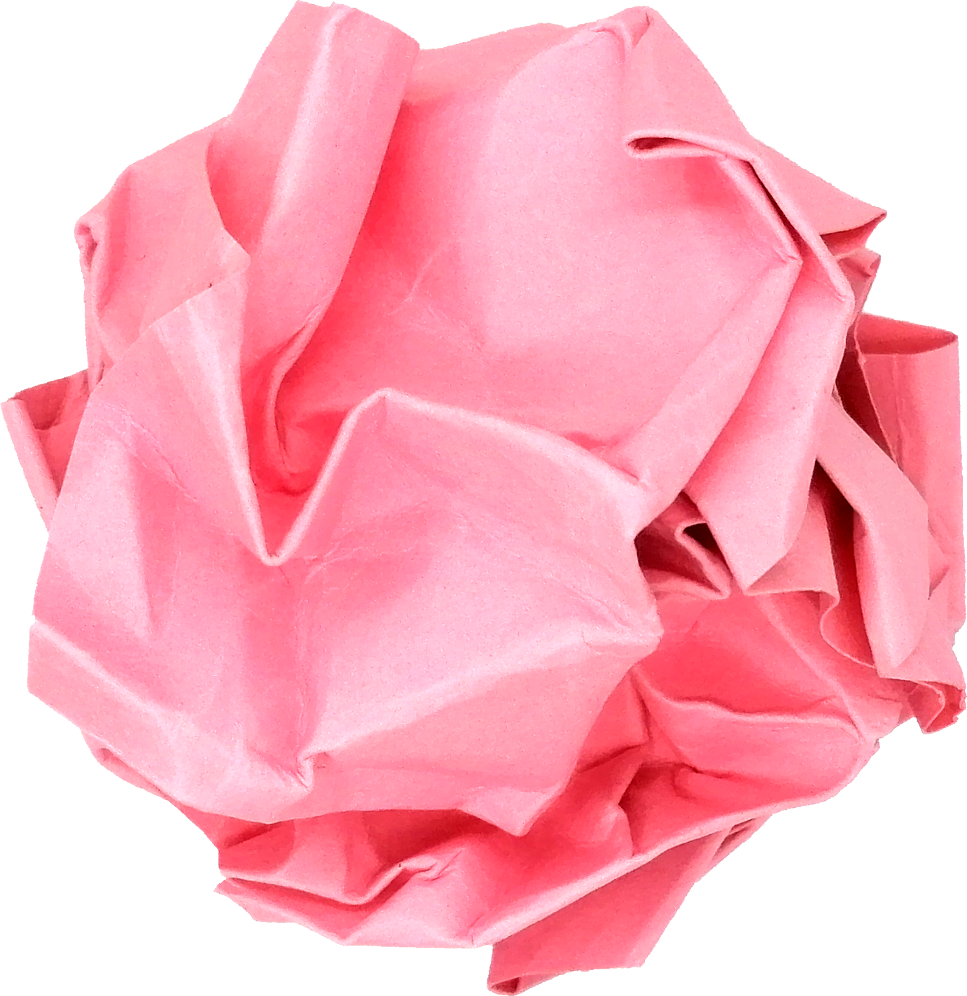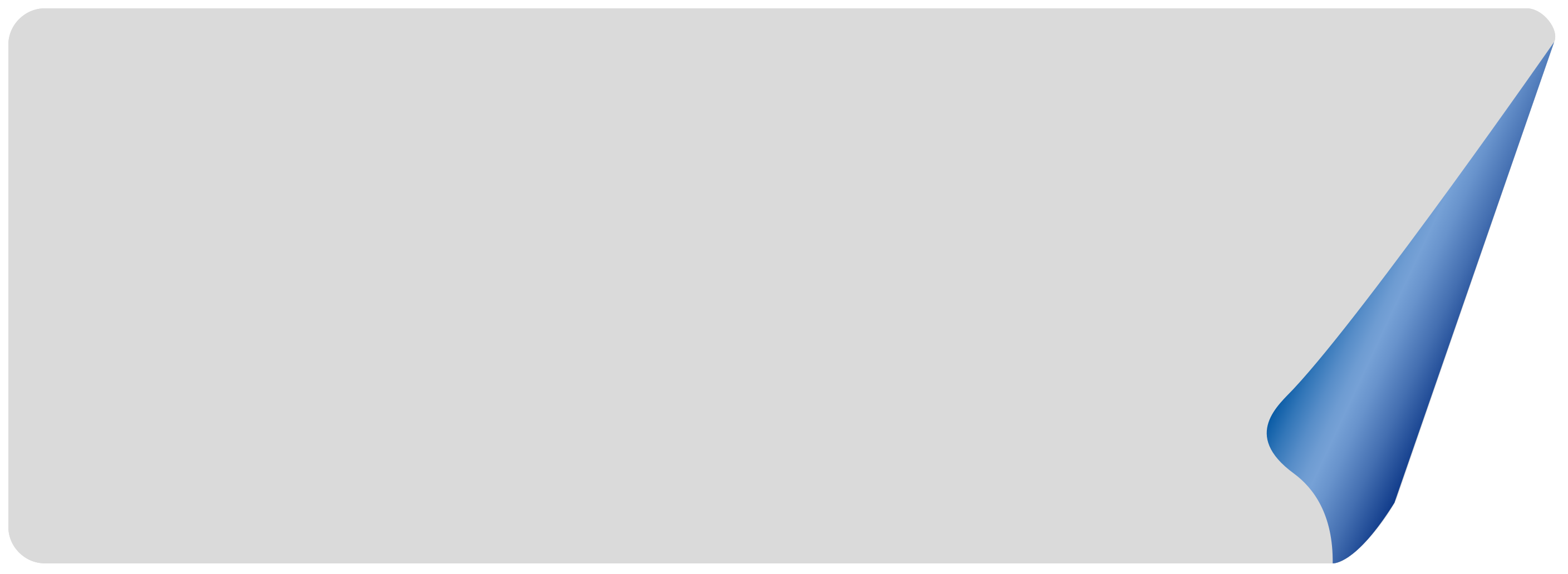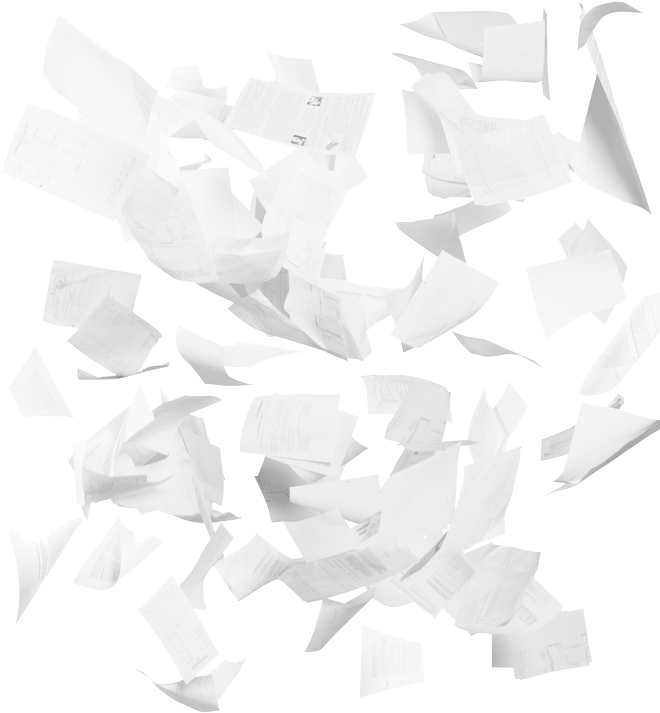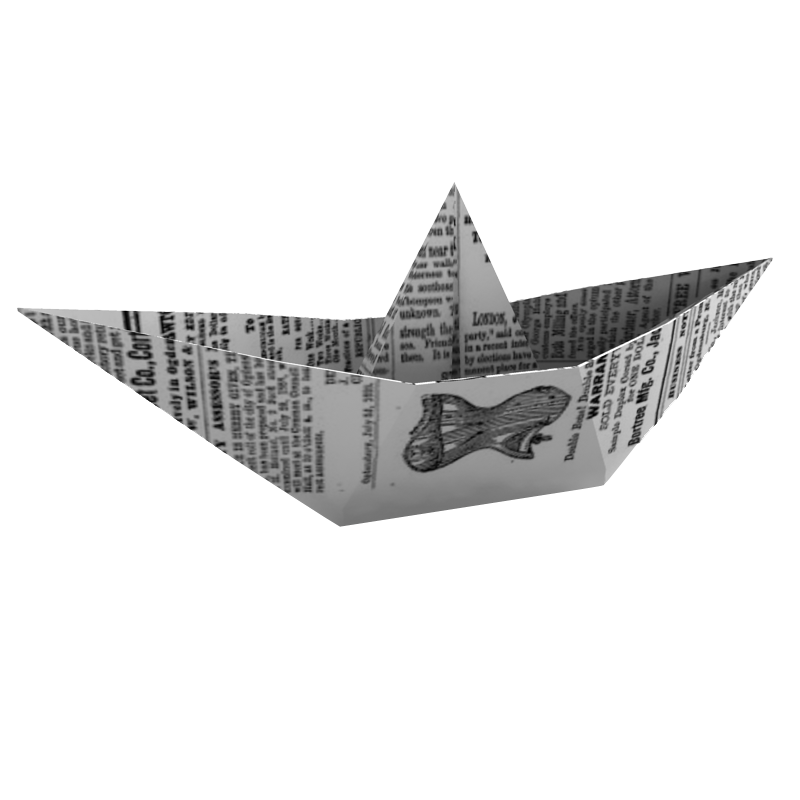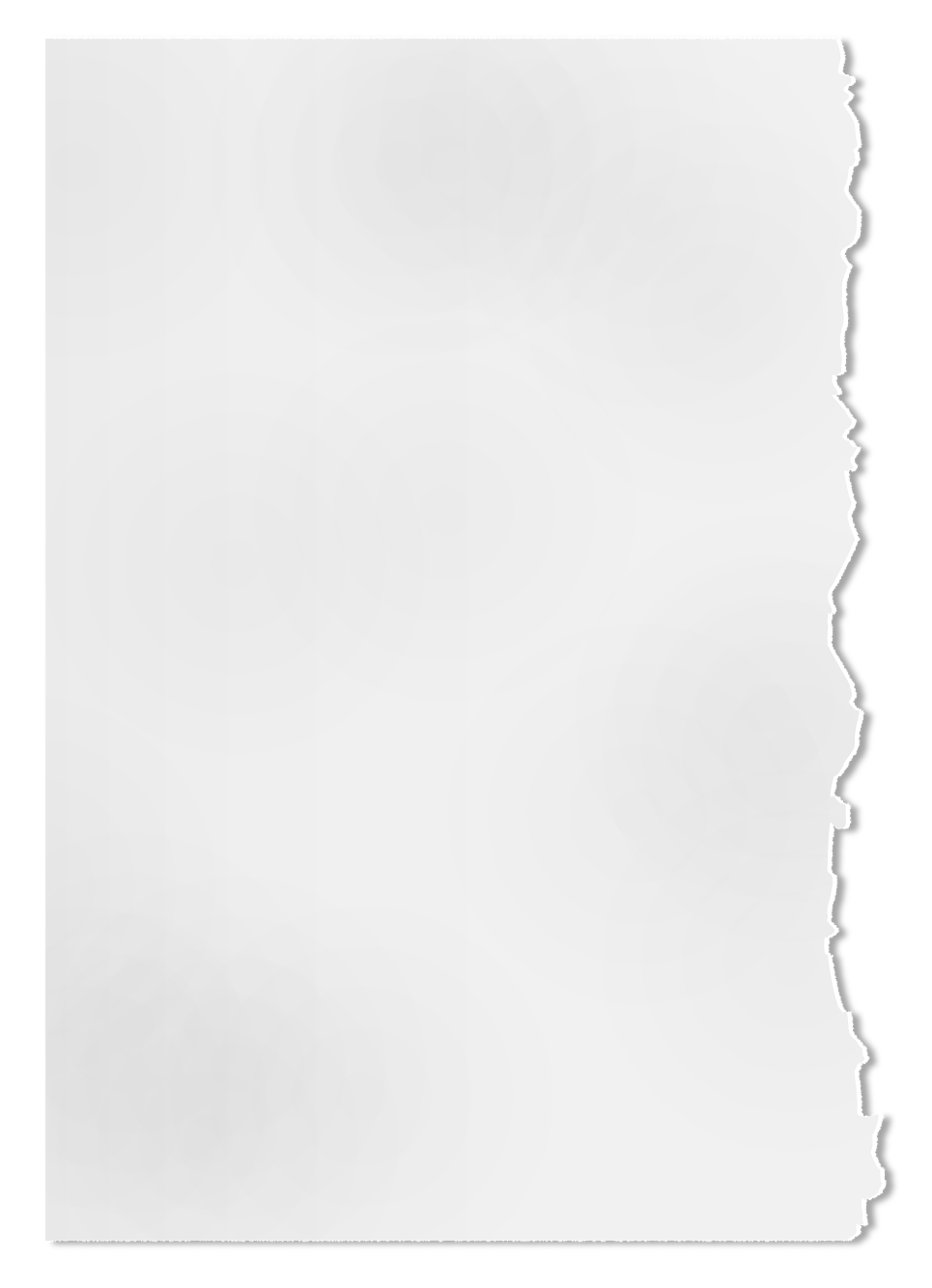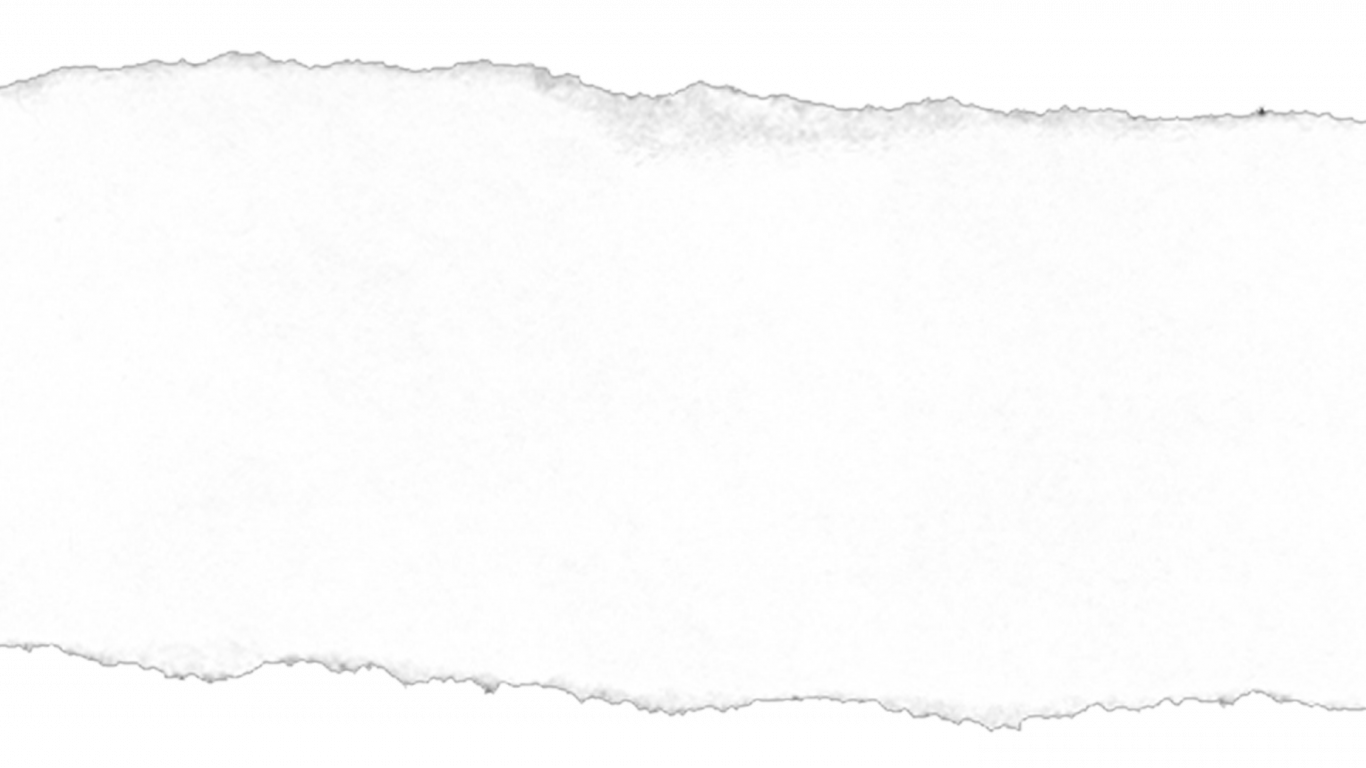Download top and best high-quality free Paper PNG Transparent Images backgrounds available in various sizes. To view the full PNG size resolution click on any of the below image thumbnail.
License Info: Creative Commons 4.0 BY-NC
Paper is a thin sheet material made by physically or chemically processing cellulose fibers from wood, rags, grasses, or other vegetable sources in water, then draining the water through the tiny mesh to leave the fiber equally dispersed on the surface, pressing and drying. Although the paper was once created by hand in single sheets, it is now almost entirely produced by enormous machines, some of which have reels 10 meters wide, operate at 2,000 meters per minute, and produce up to 600,000 tonnes per year.
Printing, packing, decorating, writing, cleaning, filter paper, wallpaper, book endpaper, conservation paper, laminated worktops, toilet tissue, money, security paper, and various industrial and construction operations all utilize it.
Although the first archaeological bits of paper date from the 2nd century BCE in China, the papermaking technique was invented in East Asia, most likely China, at least as early as 105 CE by the Han court eunuch Cai Lun. The contemporary pulp and paper business is a worldwide sector, with China leading the way in terms of output and the United States following closely after.
The first known archaeological remnants of the immediate predecessor to modern paper were discovered in China in the 2nd century BCE. Cai Lun, a Han court eunuch in the 2nd century CE, is credited with inventing the pulp papermaking technique.
After the Battle of Talas in 751 CE, when two Chinese papermakers were captured as prisoners, knowledge of papermaking was believed to be transferred to the Islamic world. Although the authenticity of this narrative is debatable, paper production in Samarkand began shortly after. The knowledge and applications of paper moved from the Middle East to medieval Europe in the 13th century, when the first water-powered paper mills were established.
Bagdatikos was the name given to paper when it was first brought to the West through Baghdad. The cost of producing paper was substantially lowered throughout the nineteenth century as a result of industrialization. Charles Fenerty, a Canadian innovator, and Friedrich Gottlob Keller, a German, separately invented pulping wood fibers in 1844.
Before the industrialization of paper manufacturing, the most prevalent fiber source was recycled fibers from old textiles, known as rags. Hemp, linen, and cotton were used to make the rags. In 1774, German lawyer Justus Claproth devised a method for removing printing inks from recycled paper. This process is now known as deinking. Paper manufacture did not become independent of ragpickers’ recycled resources until the advent of wood pulp in 1843.
The term paper is taken from the Latin papyrus, which is derived from the Greek o (pápros), the name for the Cyperus papyrus plant. Papyrus is a thick, paper-like substance made from the pith of the Cyperus papyrus plant used for writing before the advent of paper in ancient Egypt and other Mediterranean cultures.
Even though the term paper is etymologically related to papyrus, the two are created extremely differently, and the evolution of the first differs from that of the second. Papyrus is a natural plant fiber lamination, whereas paper is made from fibers with its characteristics altered by maceration.
Download Paper PNG images transparent gallery.
- Paper Transparent Image
Resolution: 939 × 747
Size: 182 KB
Image Format: .png
Download
- Paper PNG Download Image
Resolution: 2289 × 2289
Size: 1284 KB
Image Format: .png
Download
- Paper PNG Pic Background
Resolution: 800 × 600
Size: 426 KB
Image Format: .png
Download
- Paper Transparent Images
Resolution: 800 × 600
Size: 197 KB
Image Format: .png
Download
- Paper PNG File Download Free
Resolution: 800 × 777
Size: 722 KB
Image Format: .png
Download
- Paper Transparent Free PNG
Resolution: 743 × 800
Size: 582 KB
Image Format: .png
Download
- Toilet Paper PNG Pic
Resolution: 800 × 510
Size: 251 KB
Image Format: .png
Download
- Toilet Paper PNG
Resolution: 800 × 758
Size: 911 KB
Image Format: .png
Download
- Paper
Resolution: 1169 × 768
Size: 1217 KB
Image Format: .png
Download
- Paper Transparent
Resolution: 800 × 1024
Size: 1156 KB
Image Format: .png
Download
- White Paper Transparent
Resolution: 1404 × 904
Size: 1269 KB
Image Format: .png
Download
- Toilet Paper
Resolution: 1422 × 1887
Size: 1706 KB
Image Format: .png
Download
- Paper Transparent File
Resolution: 1347 × 1101
Size: 753 KB
Image Format: .png
Download
- Paper Background PNG Image
Resolution: 3579 × 3443
Size: 621 KB
Image Format: .png
Download
- Paper PNG High Quality Image
Resolution: 850 × 398
Size: 503 KB
Image Format: .png
Download
- White Paper PNG Image File
Resolution: 679 × 1280
Size: 1348 KB
Image Format: .png
Download
- Paper PNG
Resolution: 800 × 800
Size: 1031 KB
Image Format: .png
Download
- Paper PNG Pic
Resolution: 1735 × 588
Size: 1296 KB
Image Format: .png
Download
- Paper PNG File
Resolution: 1776 × 2362
Size: 1389 KB
Image Format: .png
Download
- Paper PNG Image
Resolution: 694 × 559
Size: 694 KB
Image Format: .png
Download
- White Paper
Resolution: 2237 × 1792
Size: 1543 KB
Image Format: .png
Download
- White Paper PNG
Resolution: 1280 × 919
Size: 1506 KB
Image Format: .png
Download
- Paper PNG Photo
Resolution: 2466 × 1981
Size: 1777 KB
Image Format: .png
Download
- Paper PNG Cutout
Resolution: 867 × 870
Size: 801 KB
Image Format: .png
Download
- Paper PNG Images
Resolution: 1920 × 800
Size: 199 KB
Image Format: .png
Download
- Paper PNG Photos
Resolution: 956 × 842
Size: 375 KB
Image Format: .png
Download
- Paper PNG Clipart
Resolution: 1024 × 1018
Size: 394 KB
Image Format: .png
Download
- White Paper PNG Pic
Resolution: 851 × 374
Size: 105 KB
Image Format: .png
Download
- White Paper PNG File
Resolution: 1280 × 826
Size: 623 KB
Image Format: .png
Download
- White Paper PNG Image
Resolution: 889 × 1260
Size: 1613 KB
Image Format: .png
Download
- Paper PNG Picture
Resolution: 1280 × 904
Size: 1855 KB
Image Format: .png
Download
- White Paper PNG Photo
Resolution: 773 × 542
Size: 137 KB
Image Format: .png
Download
- White Paper PNG Cutout
Resolution: 1124 × 724
Size: 145 KB
Image Format: .png
Download
- Paper PNG HD Image
Resolution: 1280 × 598
Size: 466 KB
Image Format: .png
Download
- White Paper PNG Images
Resolution: 918 × 605
Size: 51 KB
Image Format: .png
Download
- White Paper PNG Photos
Resolution: 1299 × 631
Size: 228 KB
Image Format: .png
Download
- White Paper PNG Clipart
Resolution: 2146 × 2119
Size: 399 KB
Image Format: .png
Download
- Paper PNG Image HD
Resolution: 979 × 316
Size: 107 KB
Image Format: .png
Download
- White Paper PNG Picture
Resolution: 640 × 480
Size: 181 KB
Image Format: .png
Download
- White Paper PNG HD Image
Resolution: 1910 × 1724
Size: 912 KB
Image Format: .png
Download
- White Paper PNG Image HD
Resolution: 1000 × 1000
Size: 589 KB
Image Format: .png
Download
- Paper No Background
Resolution: 720 × 691
Size: 523 KB
Image Format: .png
Download
- White Paper No Background
Resolution: 859 × 1134
Size: 139 KB
Image Format: .png
Download
- Paper PNG Images HD
Resolution: 1024 × 706
Size: 1084 KB
Image Format: .png
Download
- White Paper PNG Images HD
Resolution: 800 × 800
Size: 118 KB
Image Format: .png
Download
- Paper PNG Free Image
Resolution: 1122 × 1200
Size: 1089 KB
Image Format: .png
Download
- Paper PNG Image File
Resolution: 1385 × 1002
Size: 120 KB
Image Format: .png
Download
- White Paper PNG Free Image
Resolution: 700 × 525
Size: 165 KB
Image Format: .png
Download
- Paper Background PNG
Resolution: 967 × 996
Size: 960 KB
Image Format: .png
Download
- Paper PNG Background
Resolution: 2817 × 1032
Size: 79 KB
Image Format: .png
Download
- Paper PNG HD Quality
Resolution: 660 × 713
Size: 170 KB
Image Format: .png
Download
- Paper PNG Photo Image
Resolution: 1232 × 1280
Size: 64 KB
Image Format: .png
Download
- Paper Transparent PNG
Resolution: 800 × 800
Size: 139 KB
Image Format: .png
Download
- Paper PNG Free Download
Resolution: 965 × 1334
Size: 165 KB
Image Format: .png
Download
- Paper Download Free PNG
Resolution: 1366 × 768
Size: 339 KB
Image Format: .png
Download
- Paper PNG HD Background
Resolution: 872 × 854
Size: 19 KB
Image Format: .png
Download
